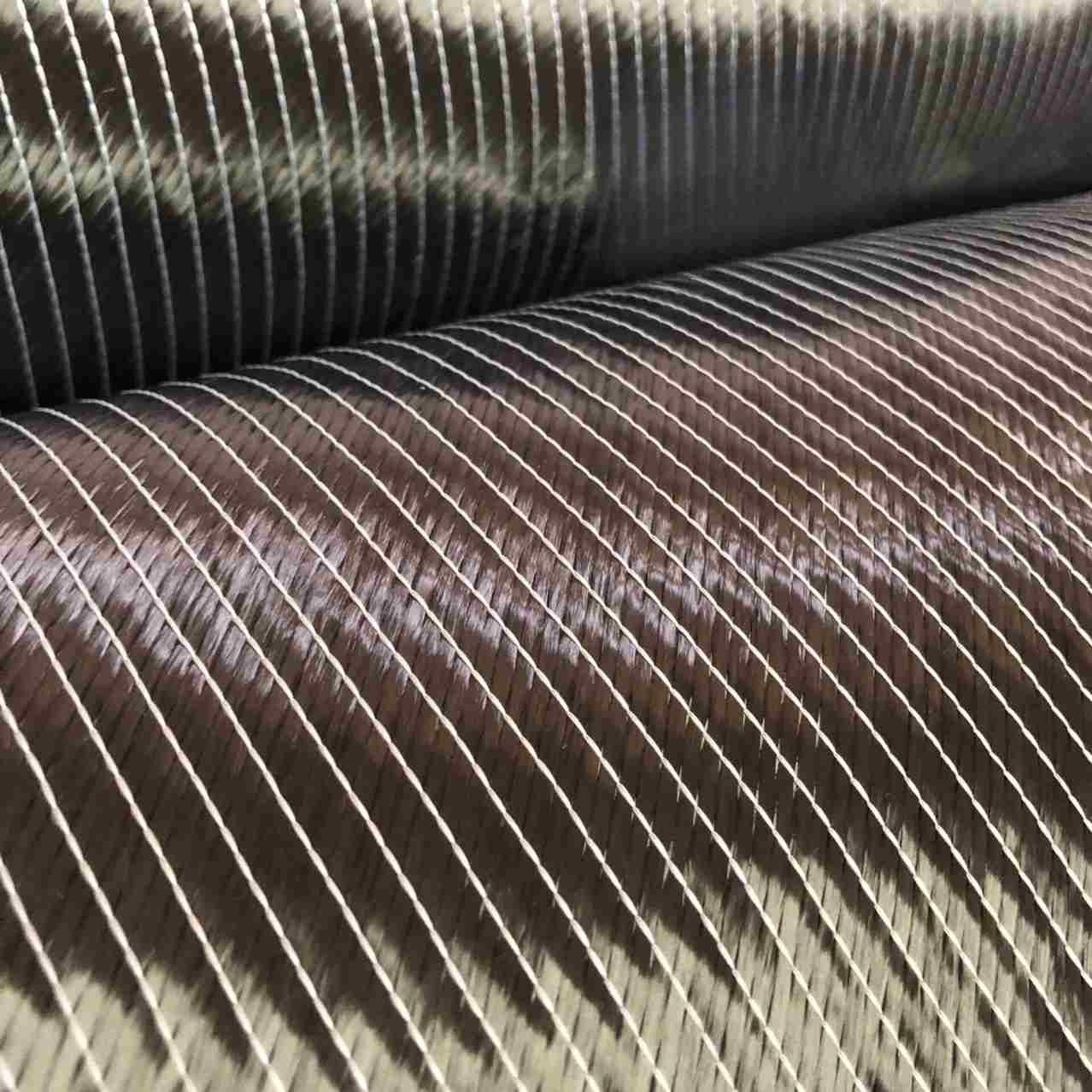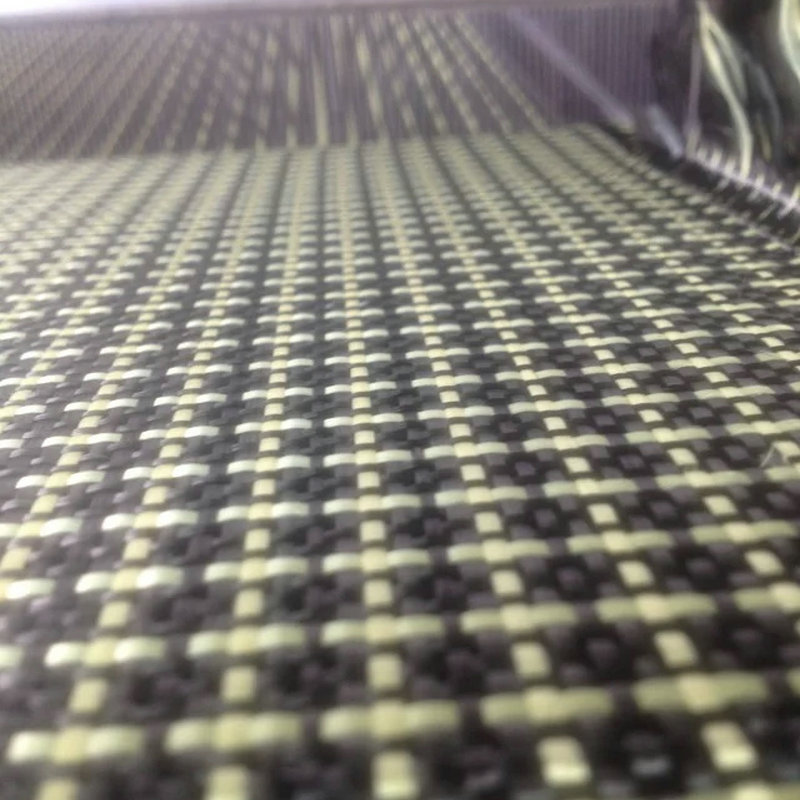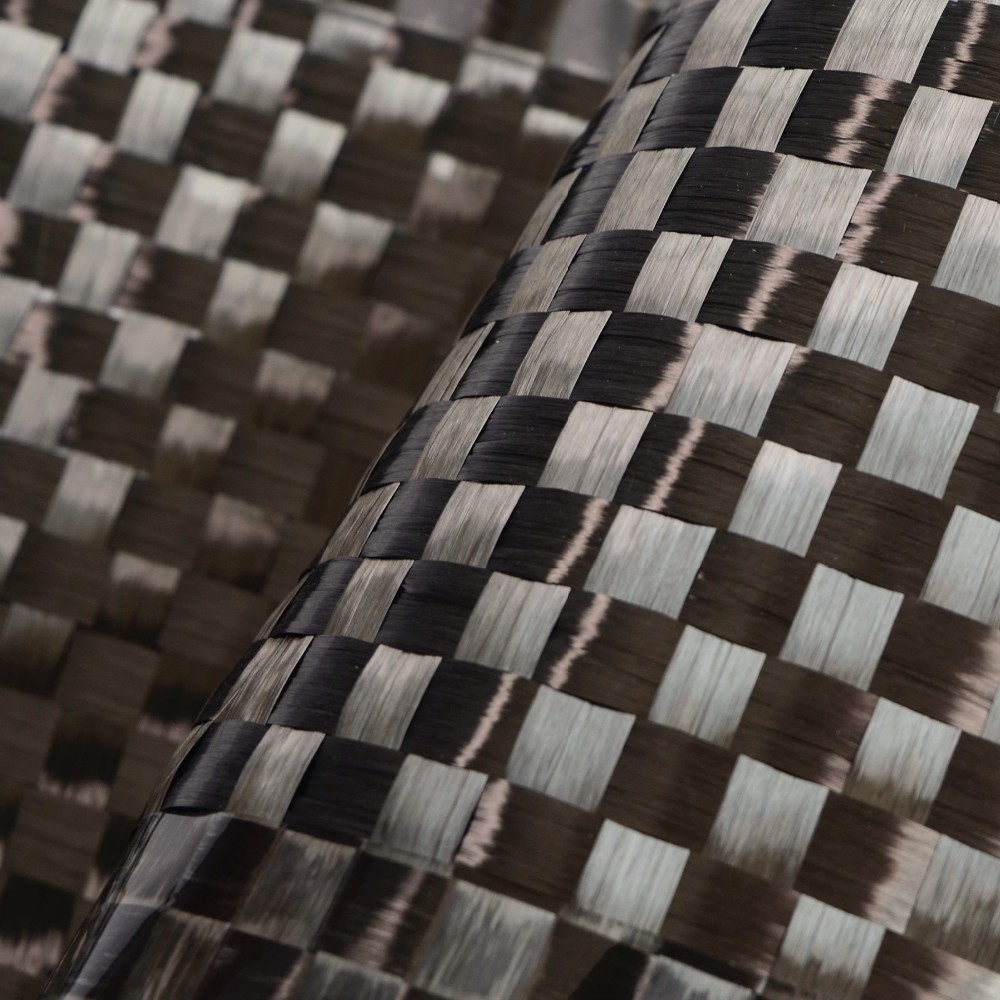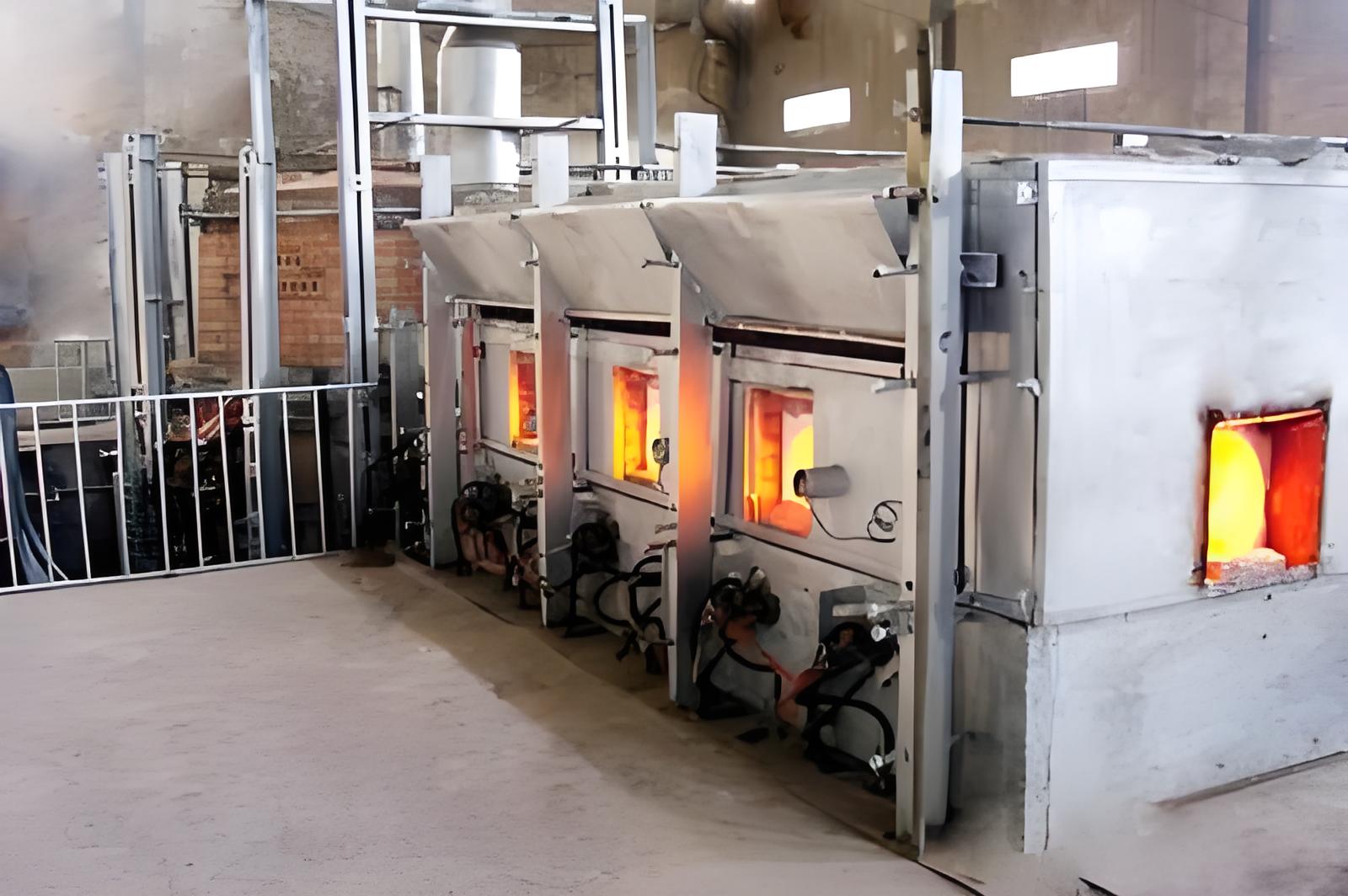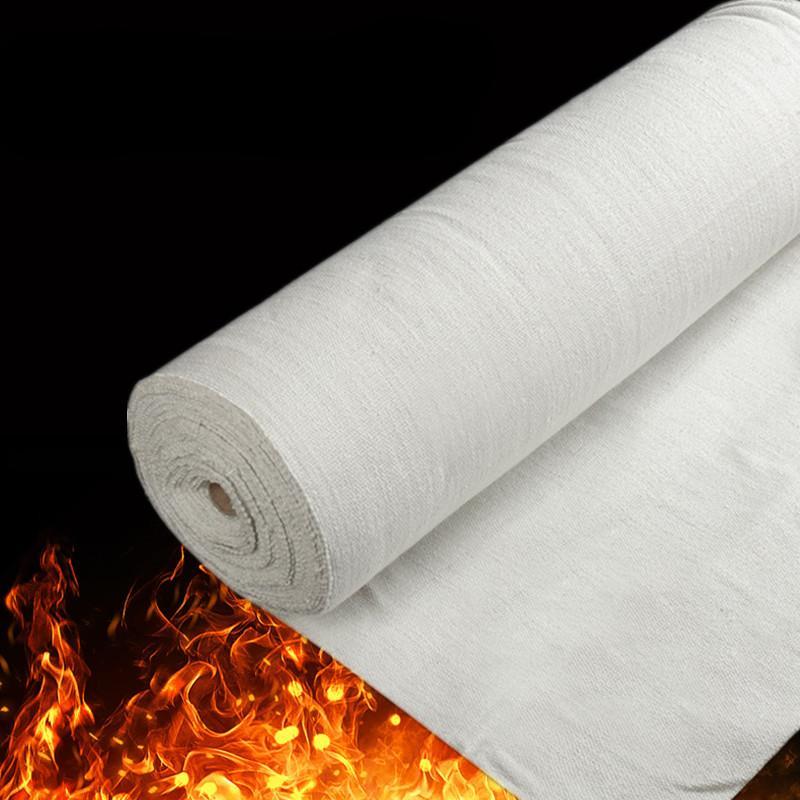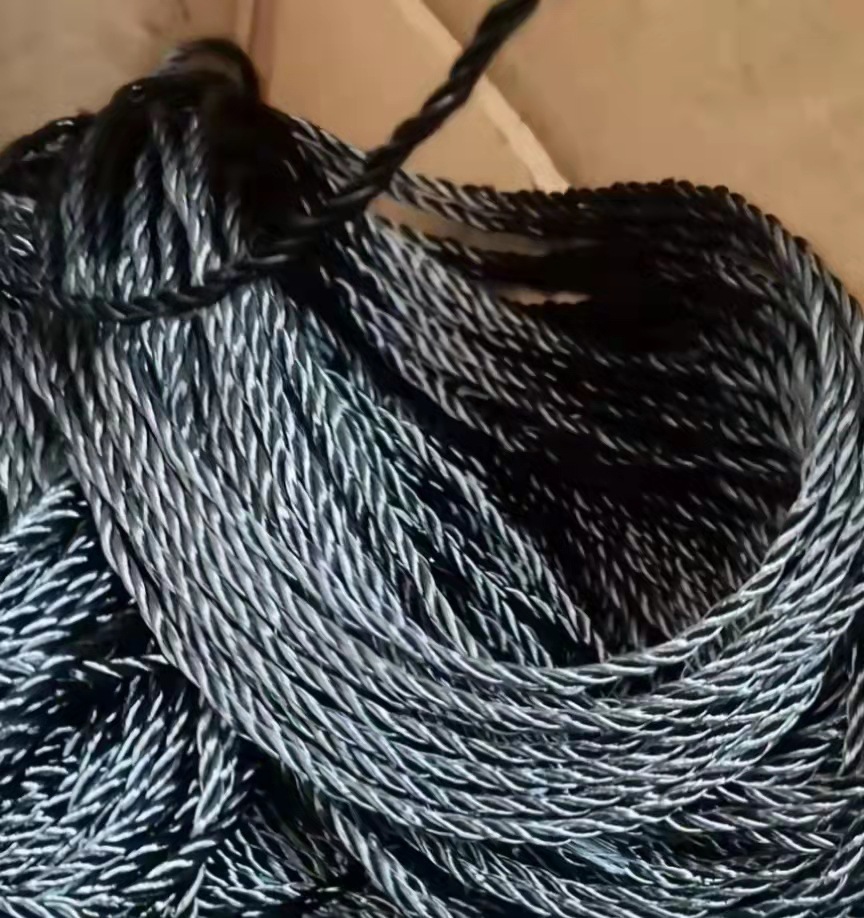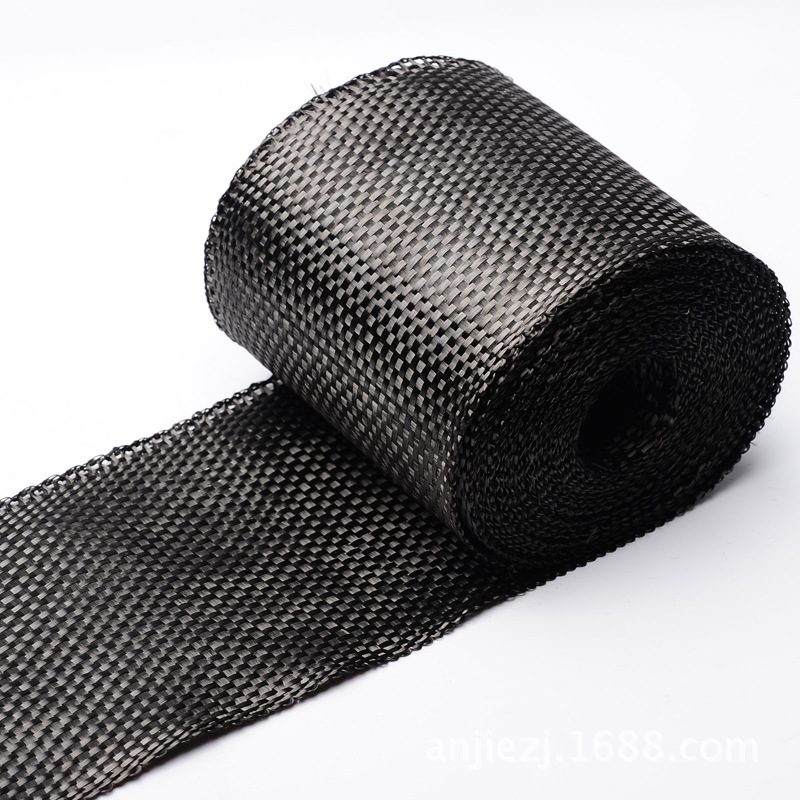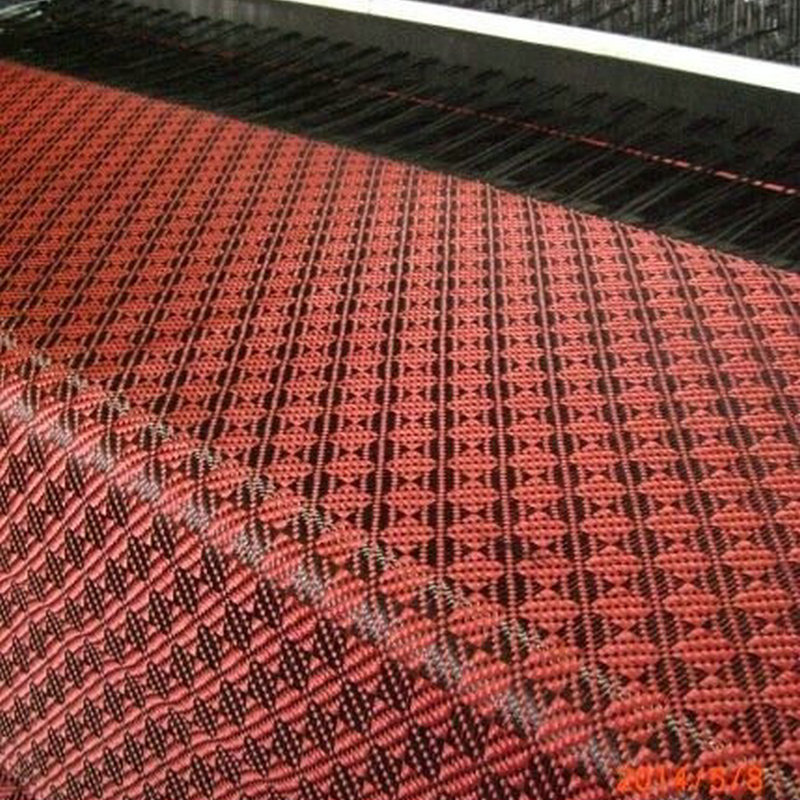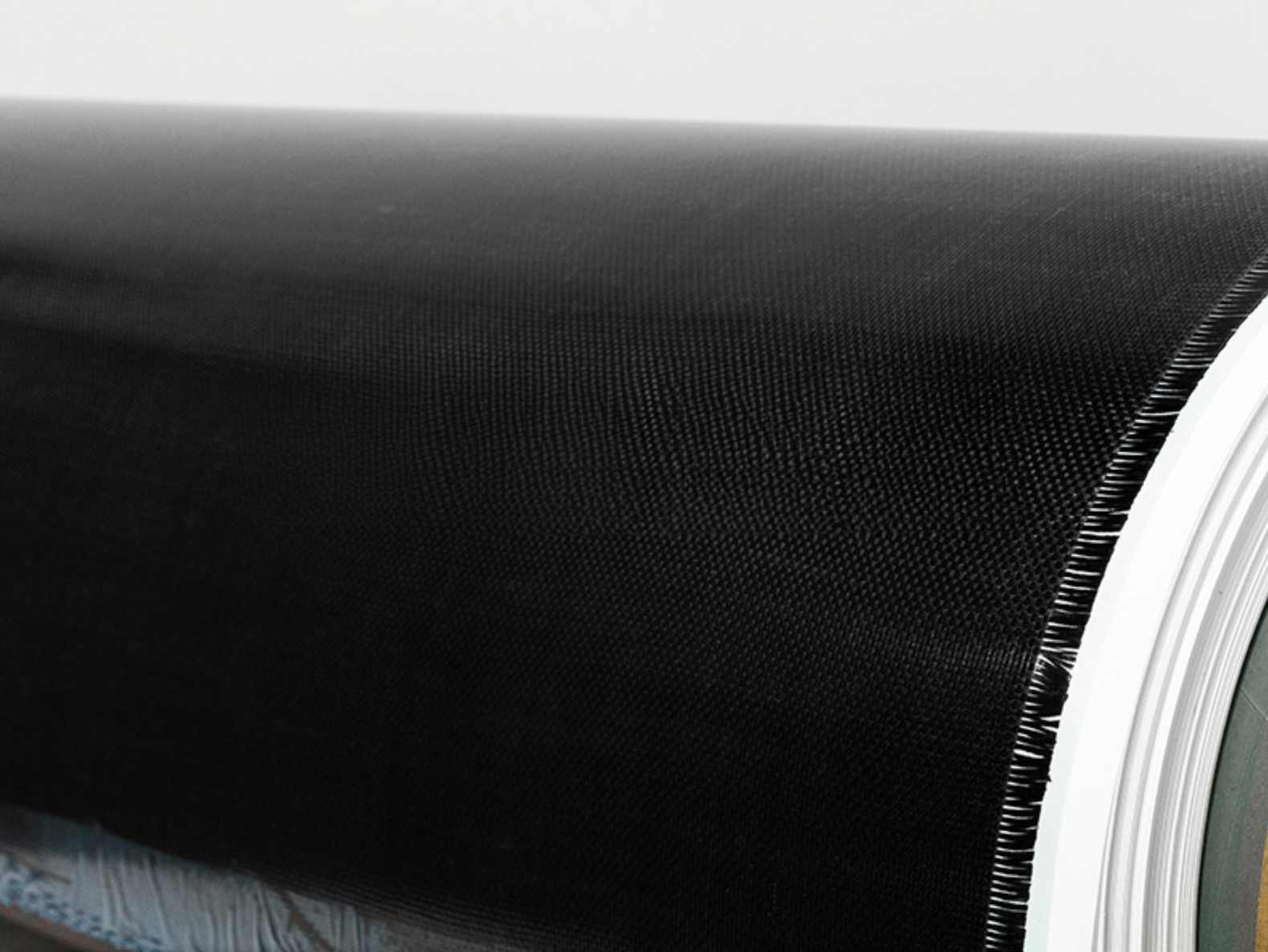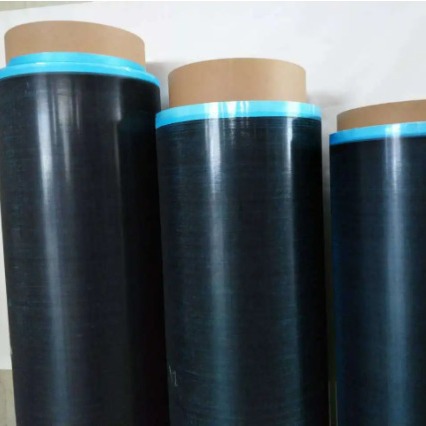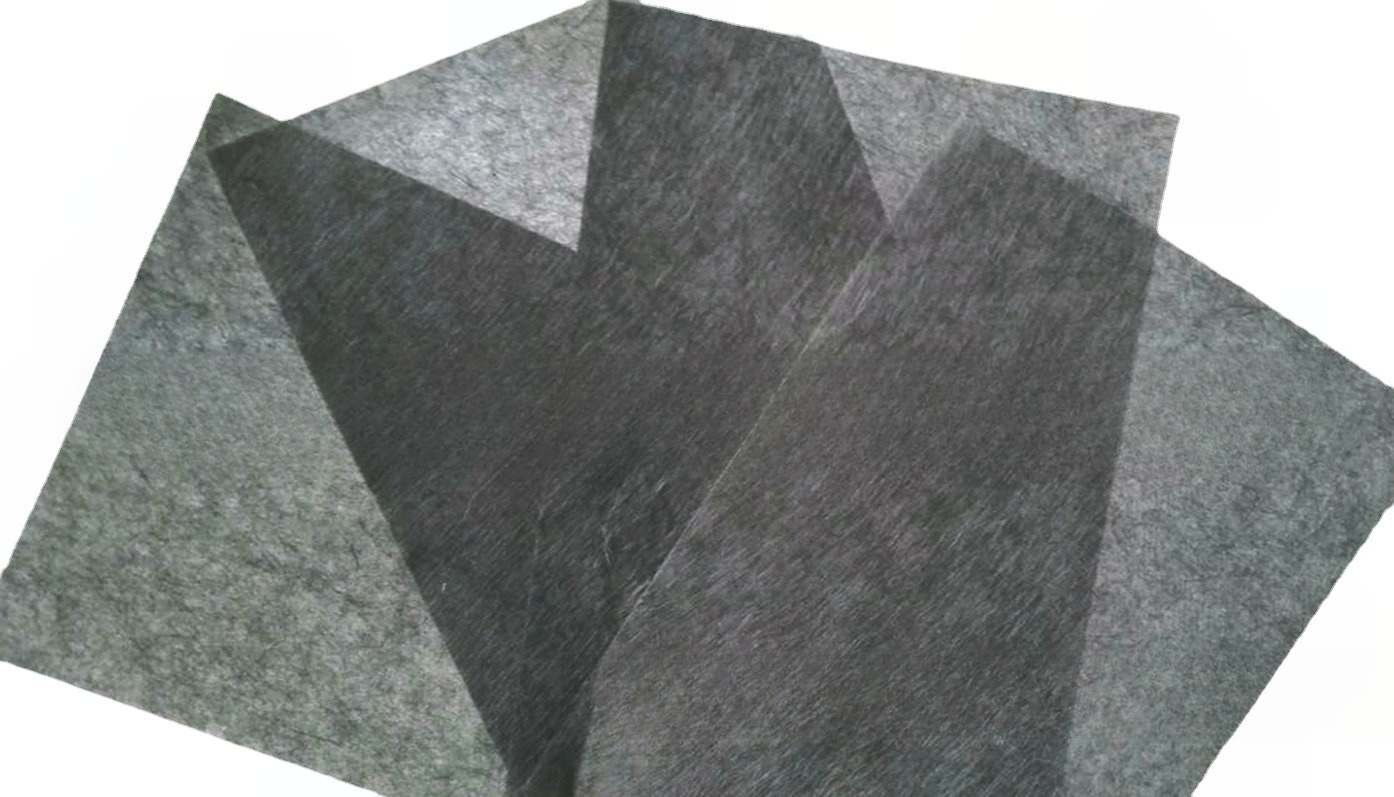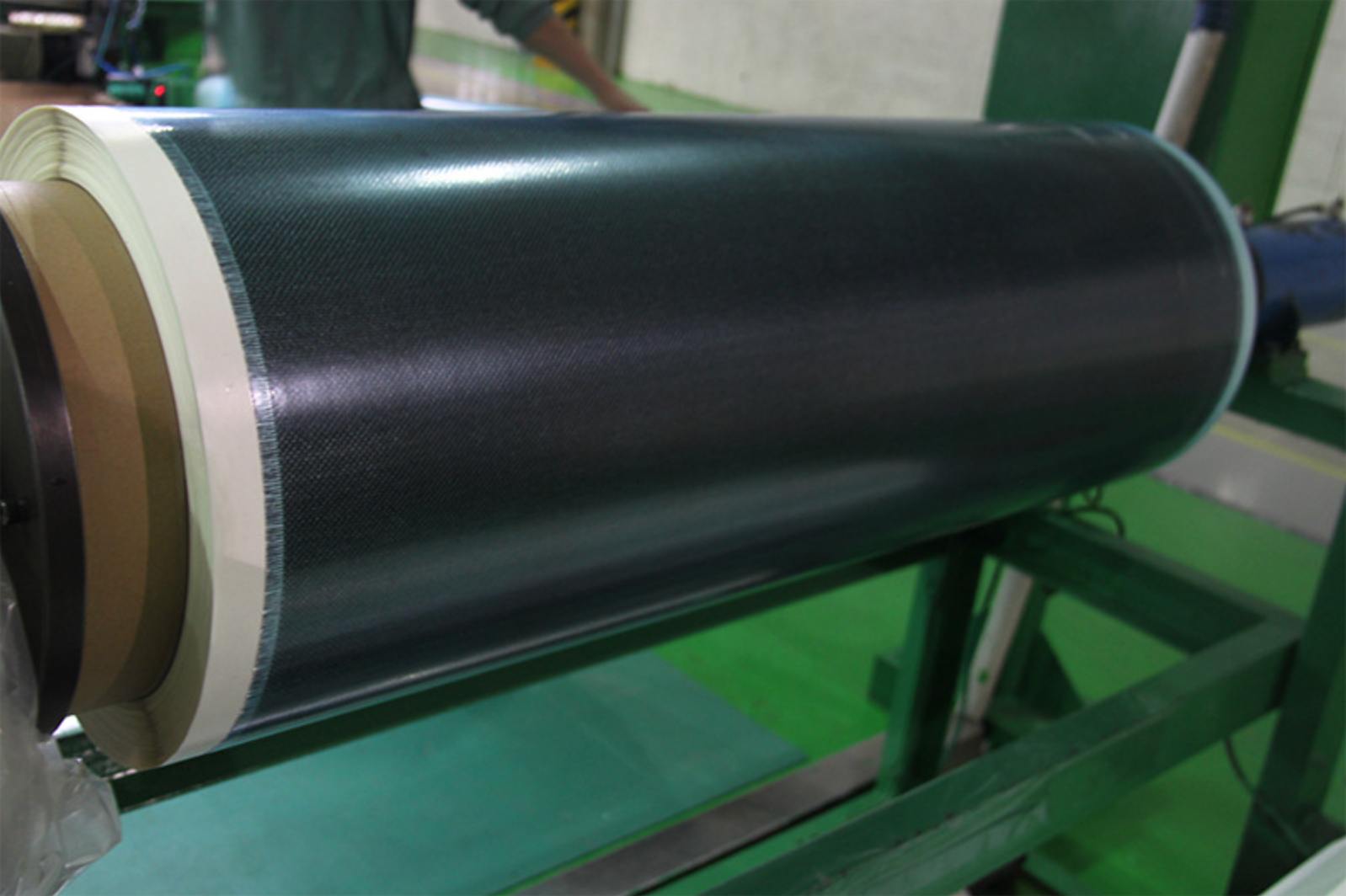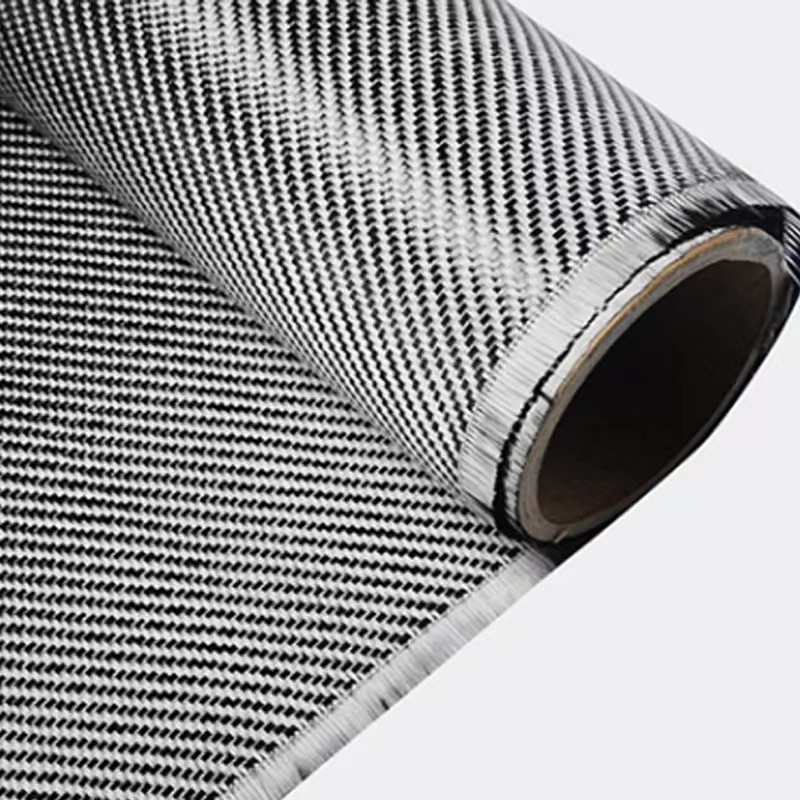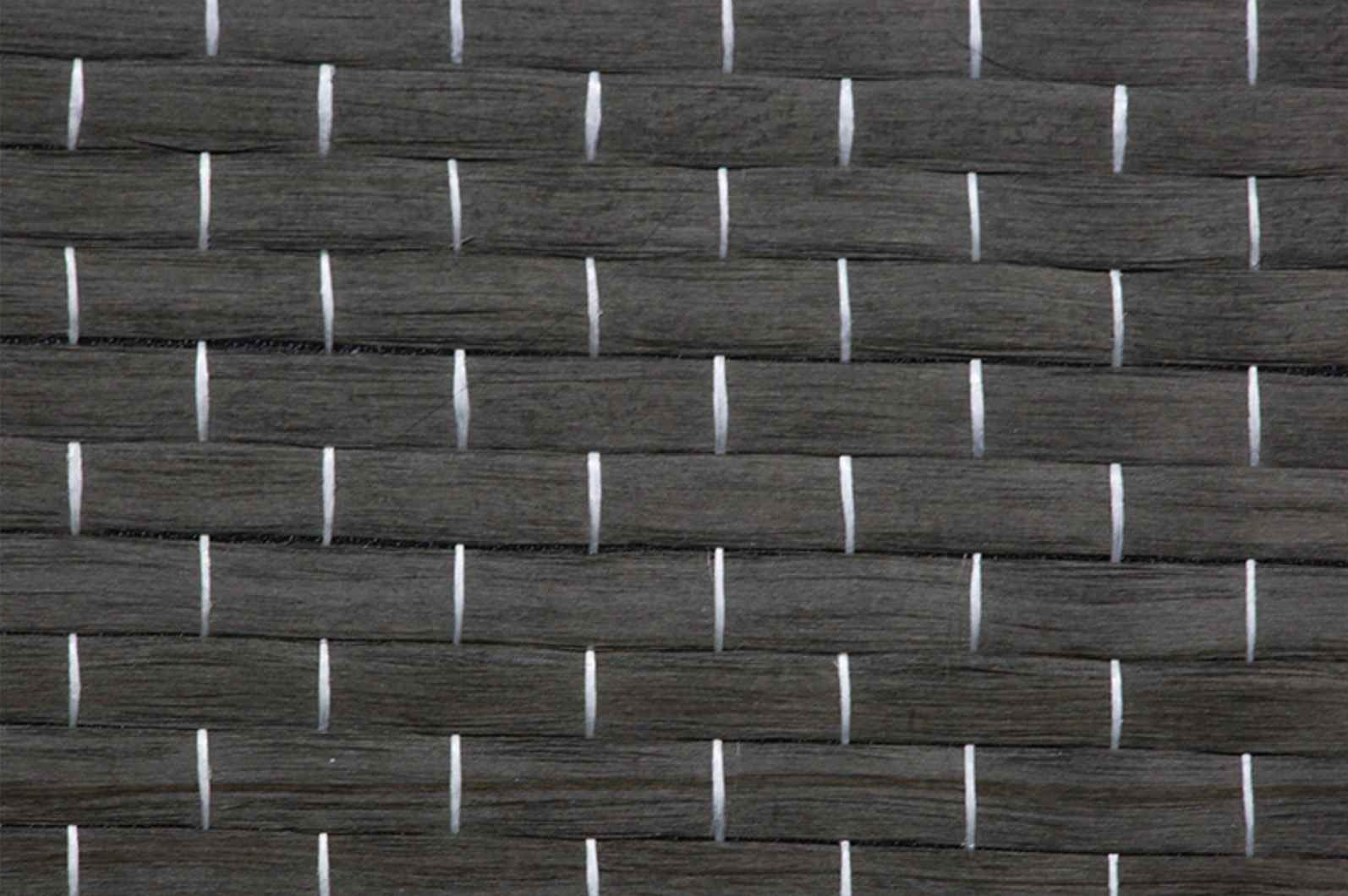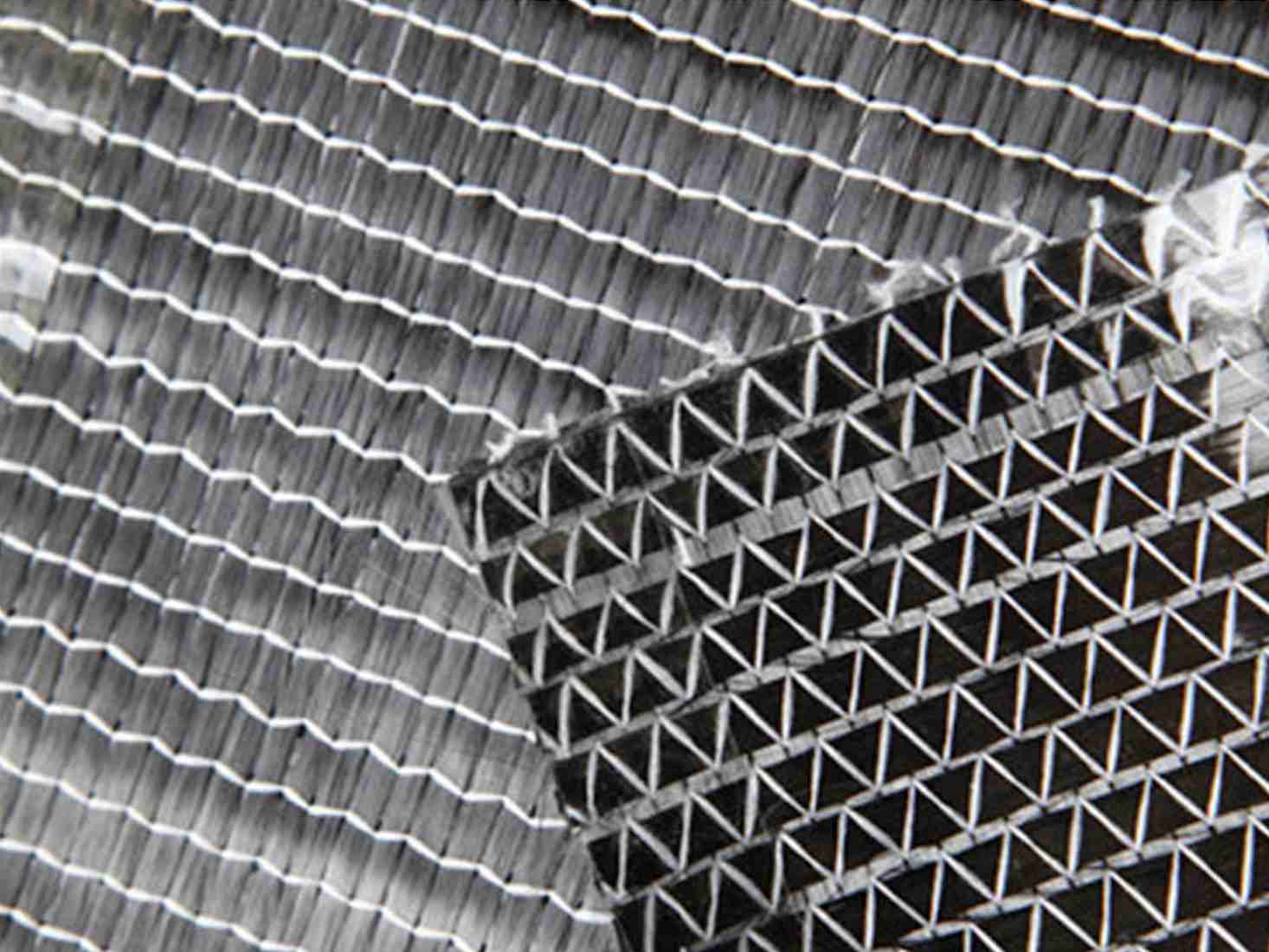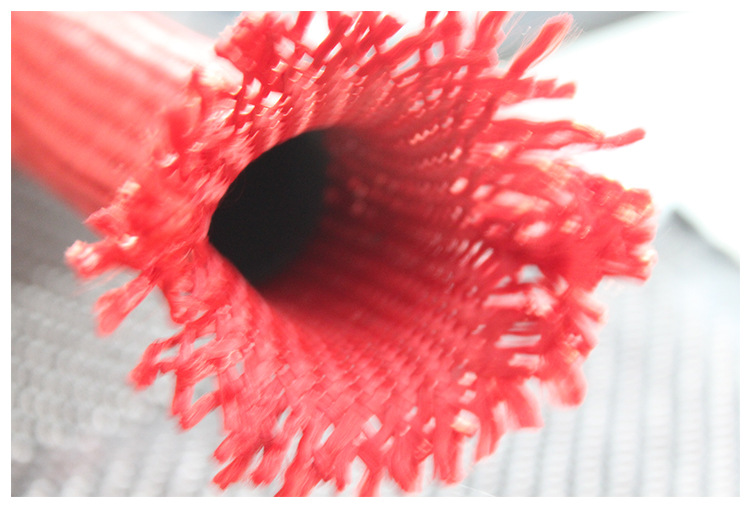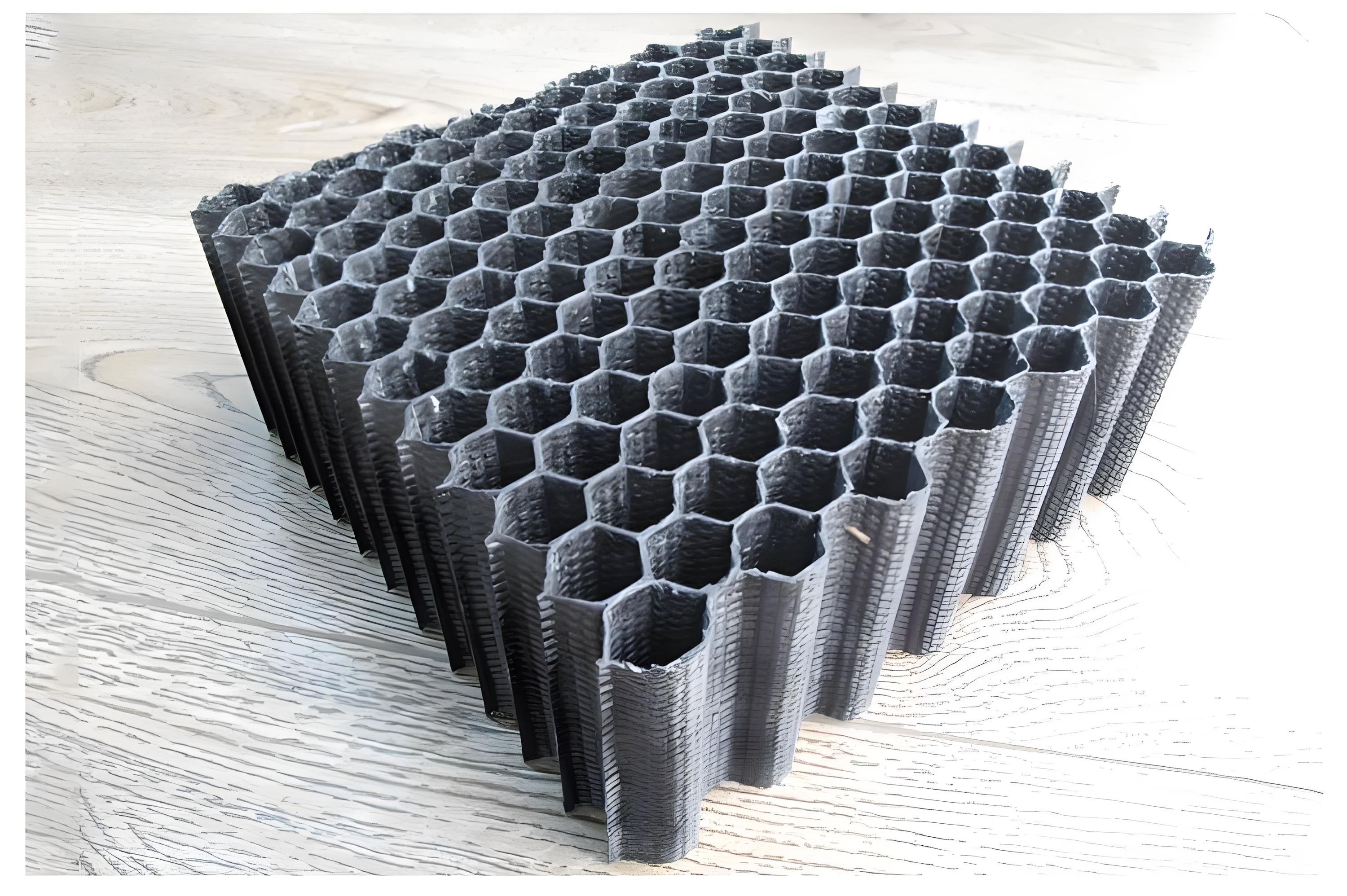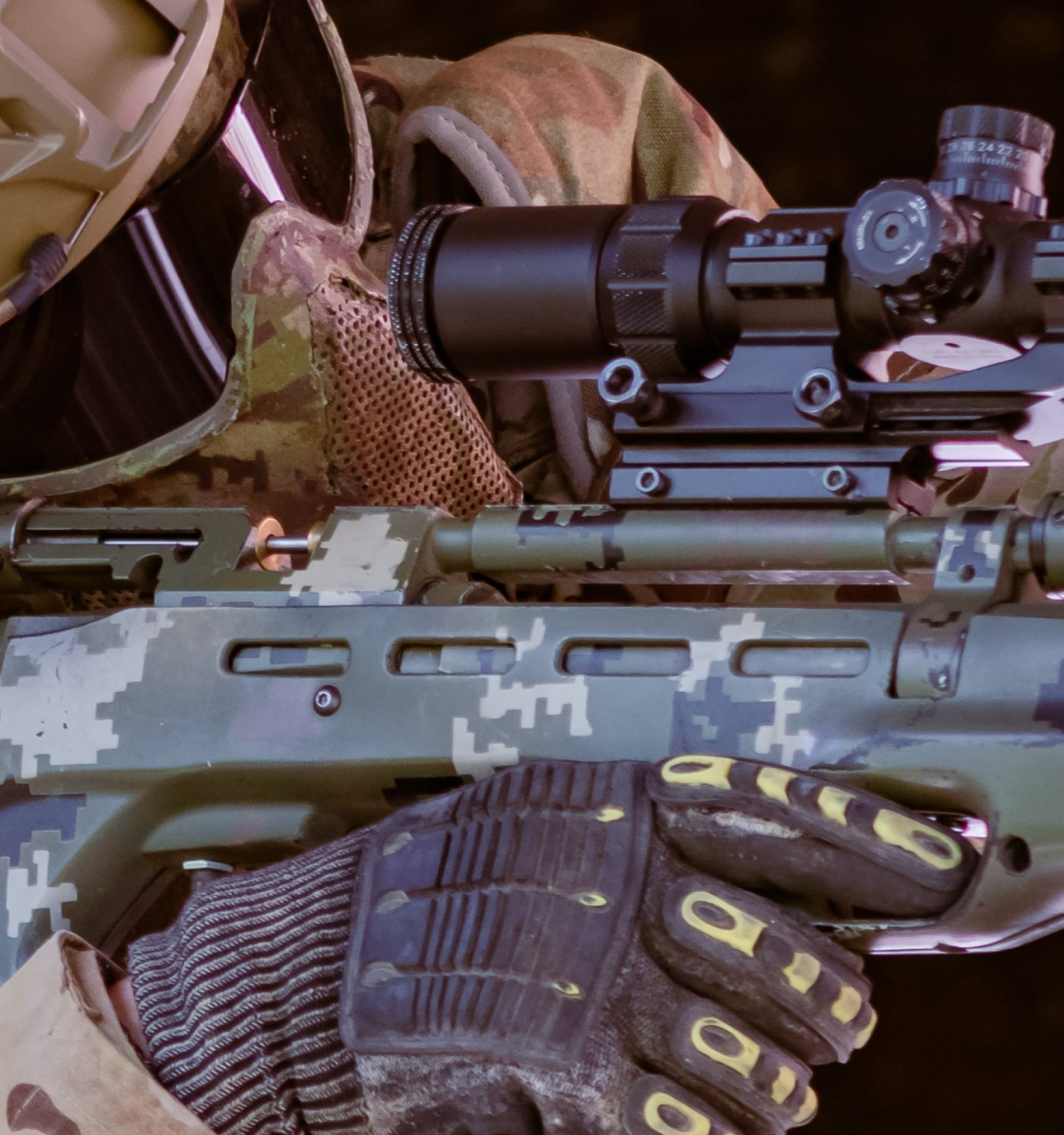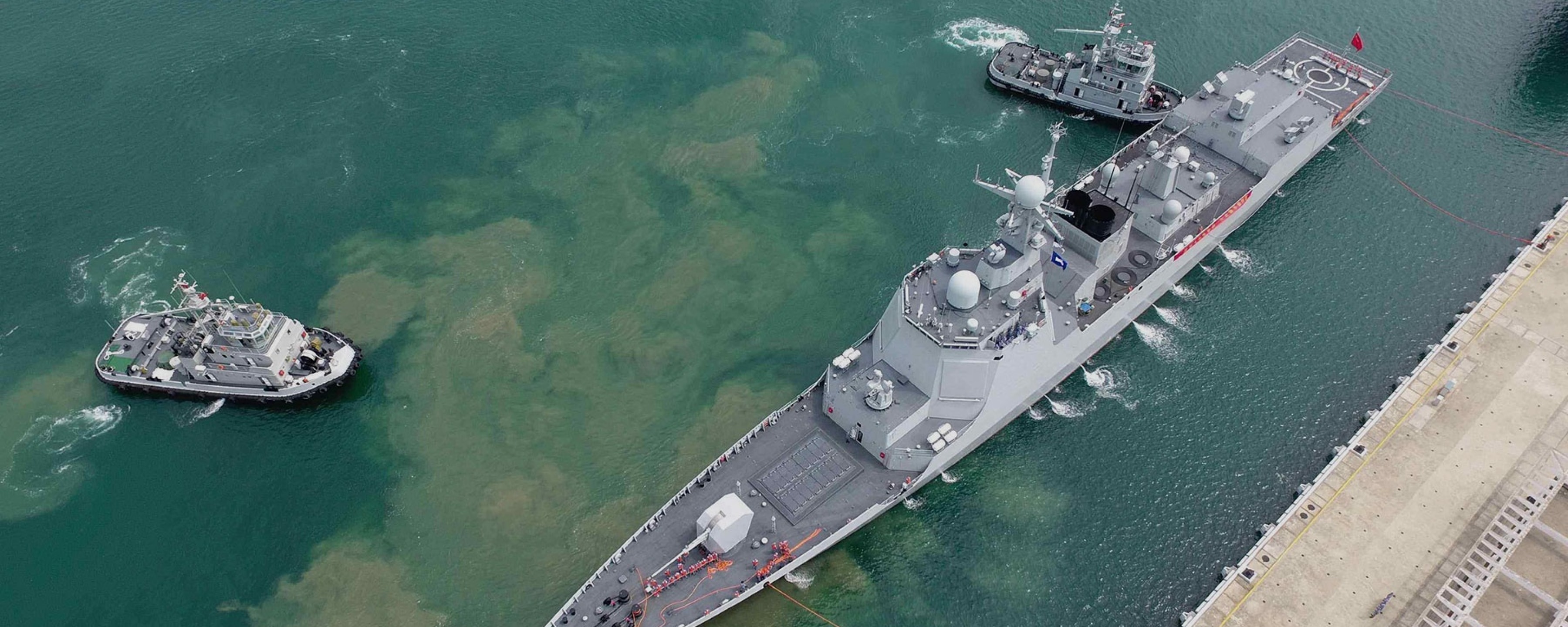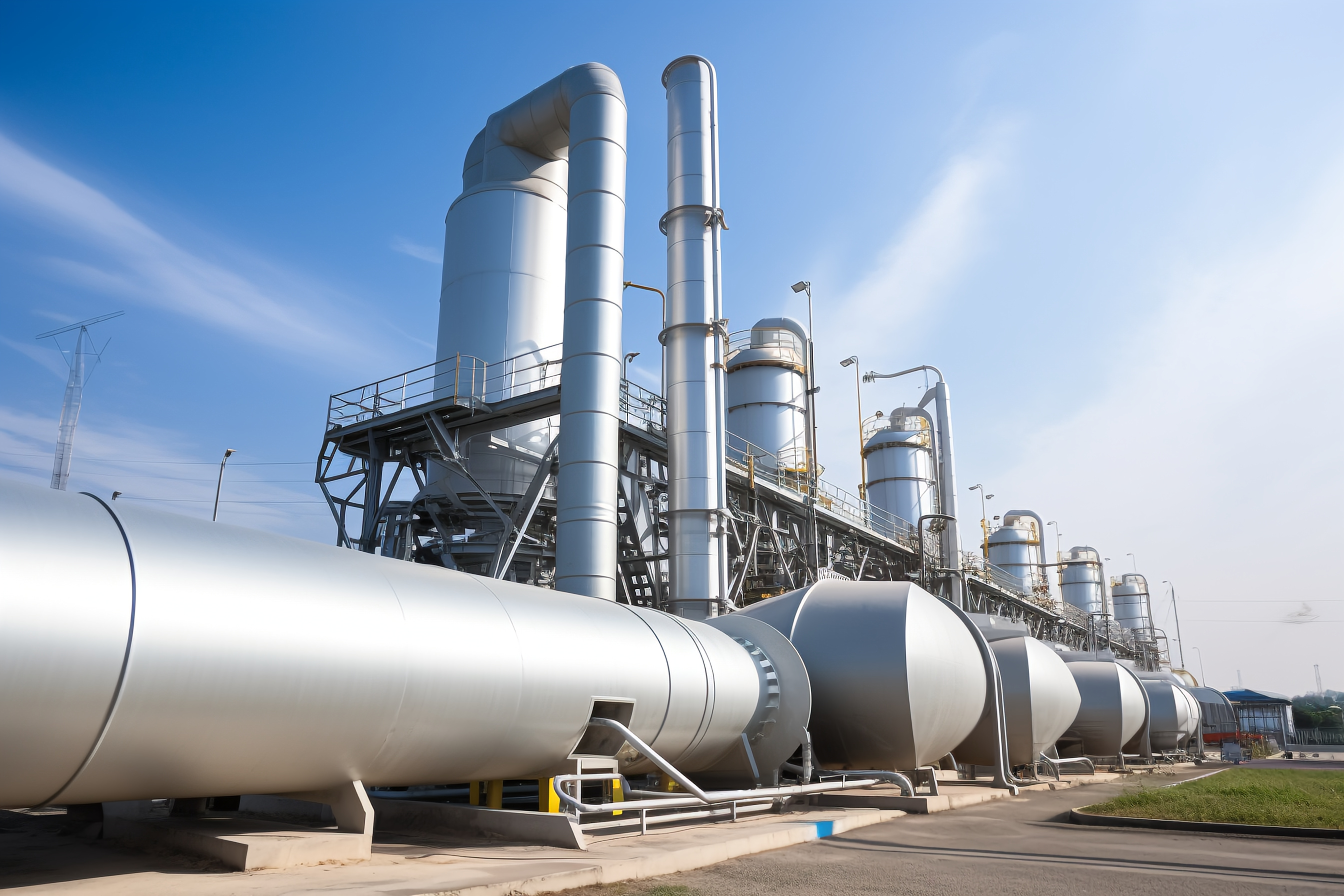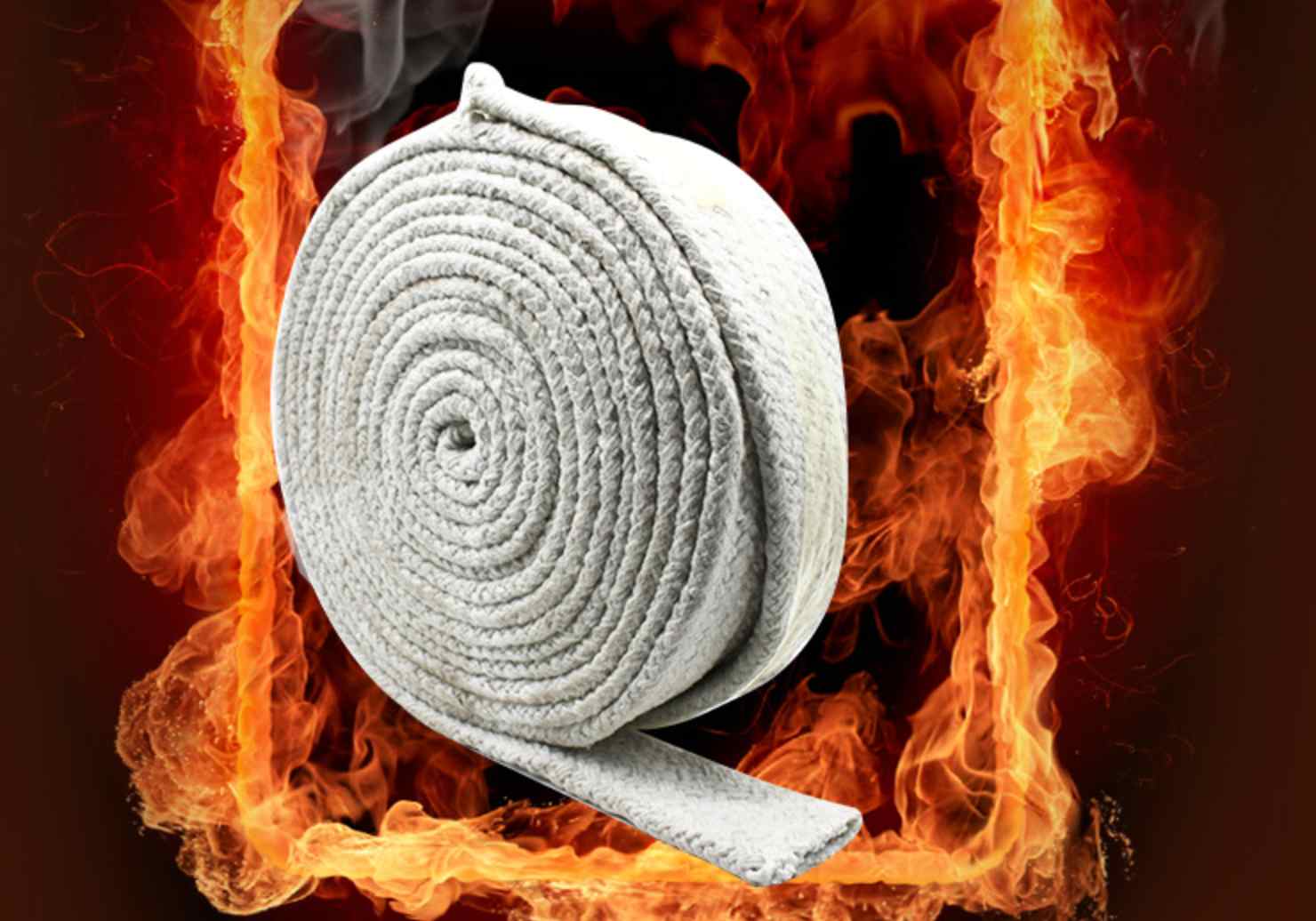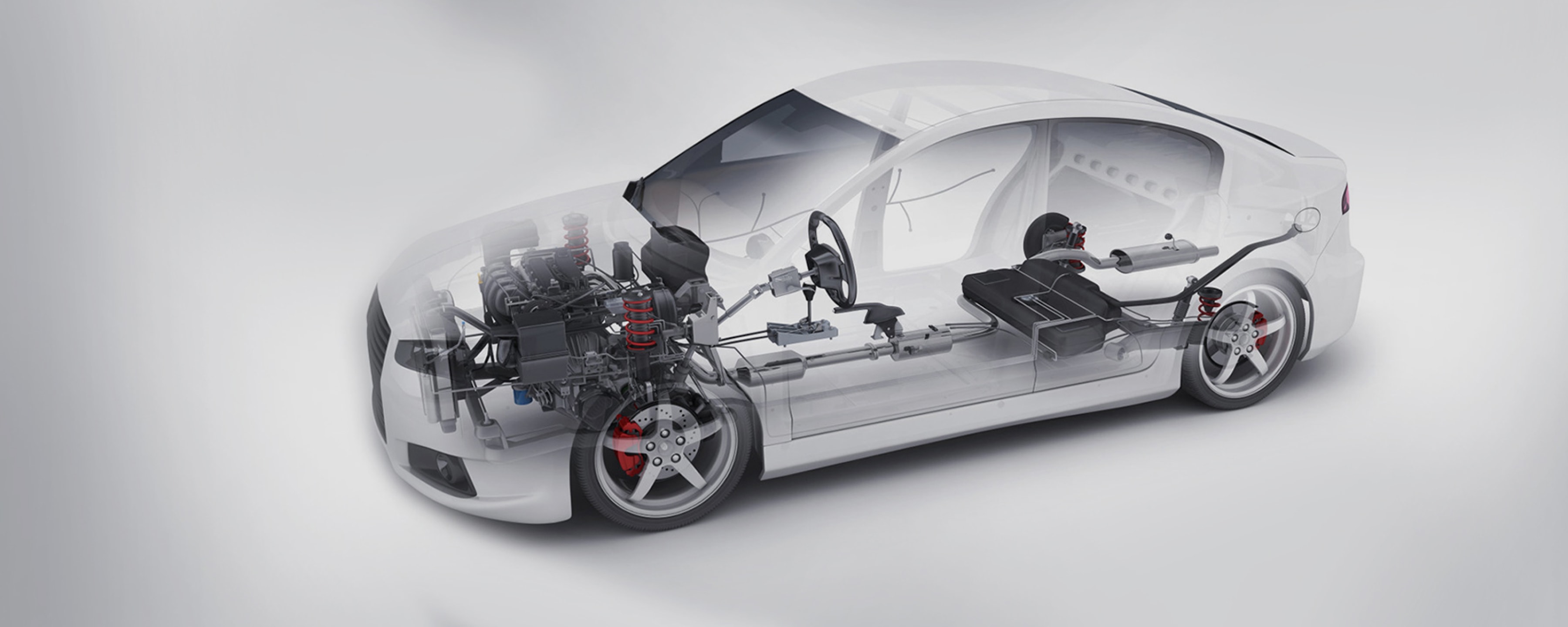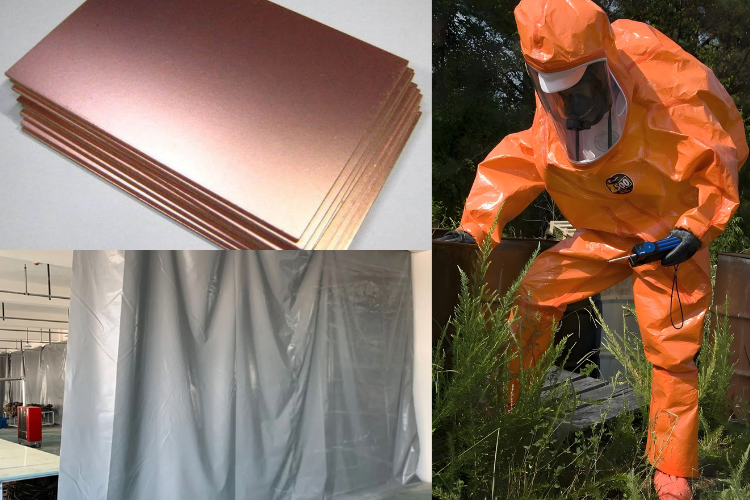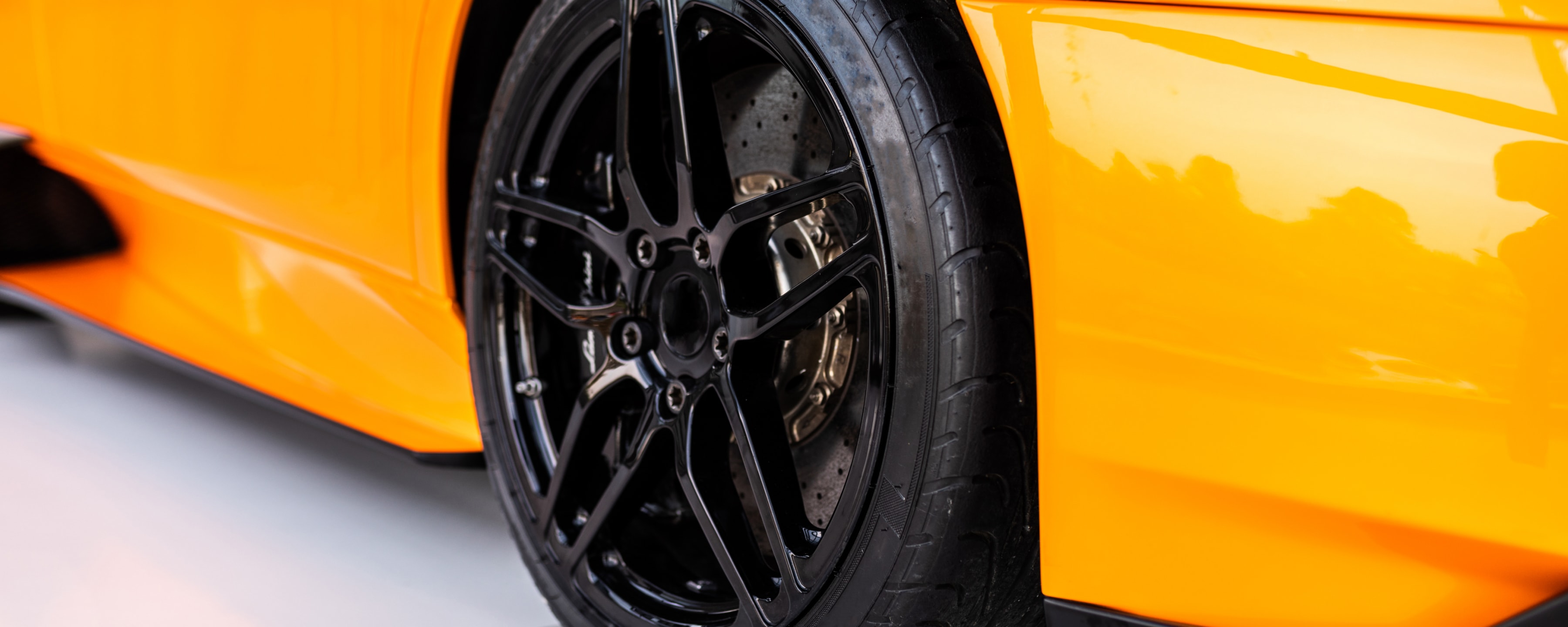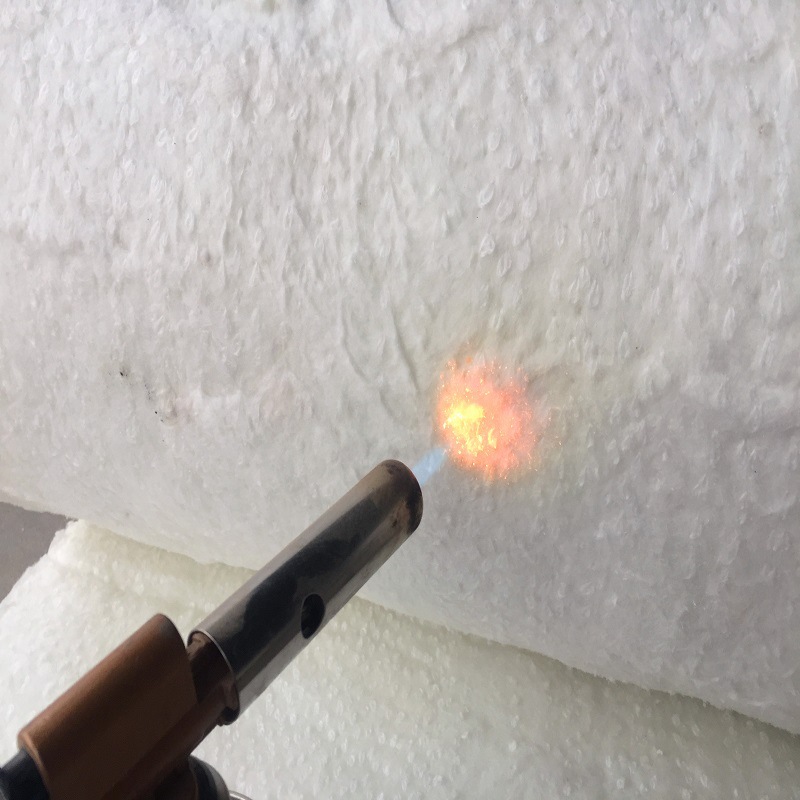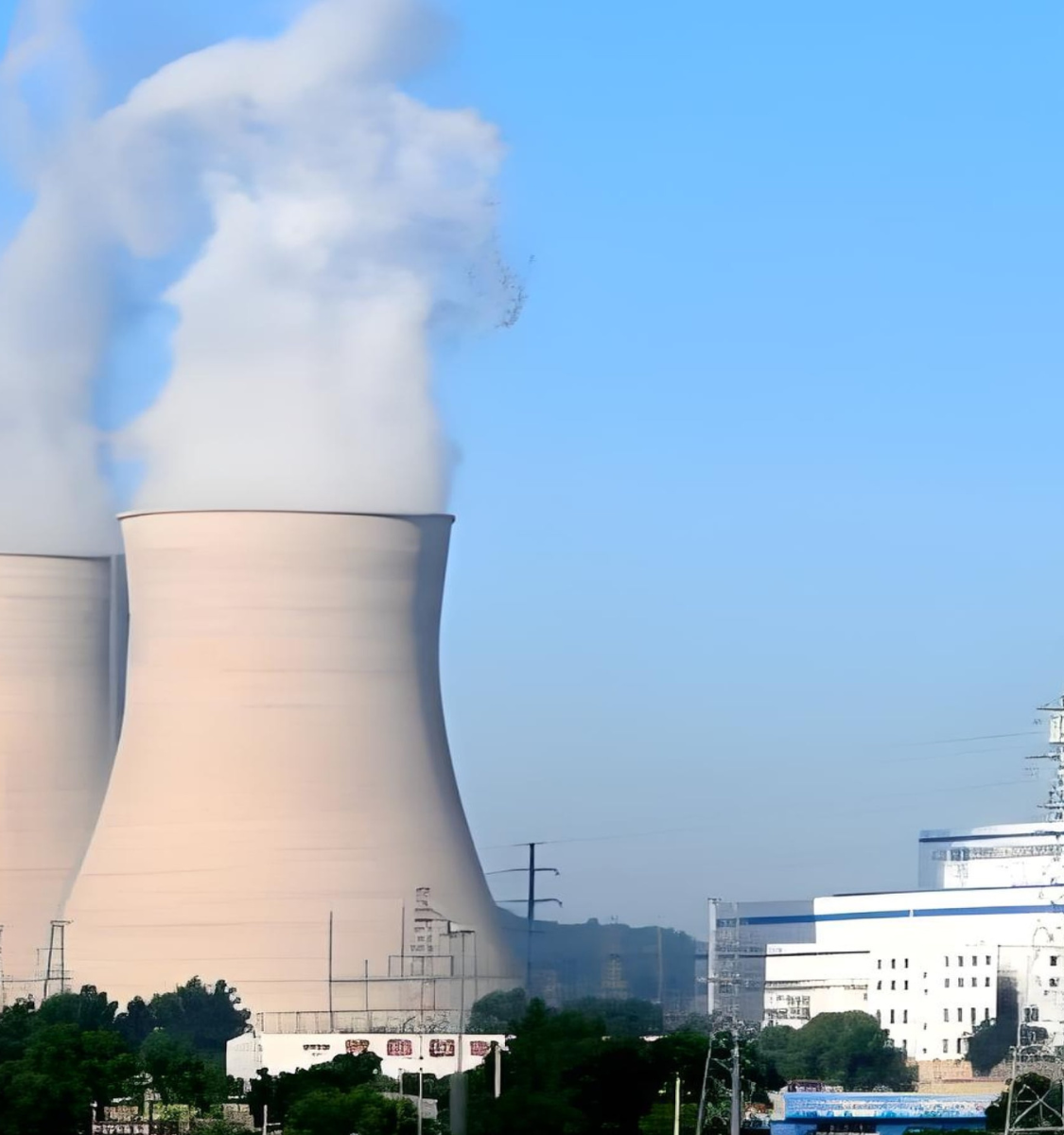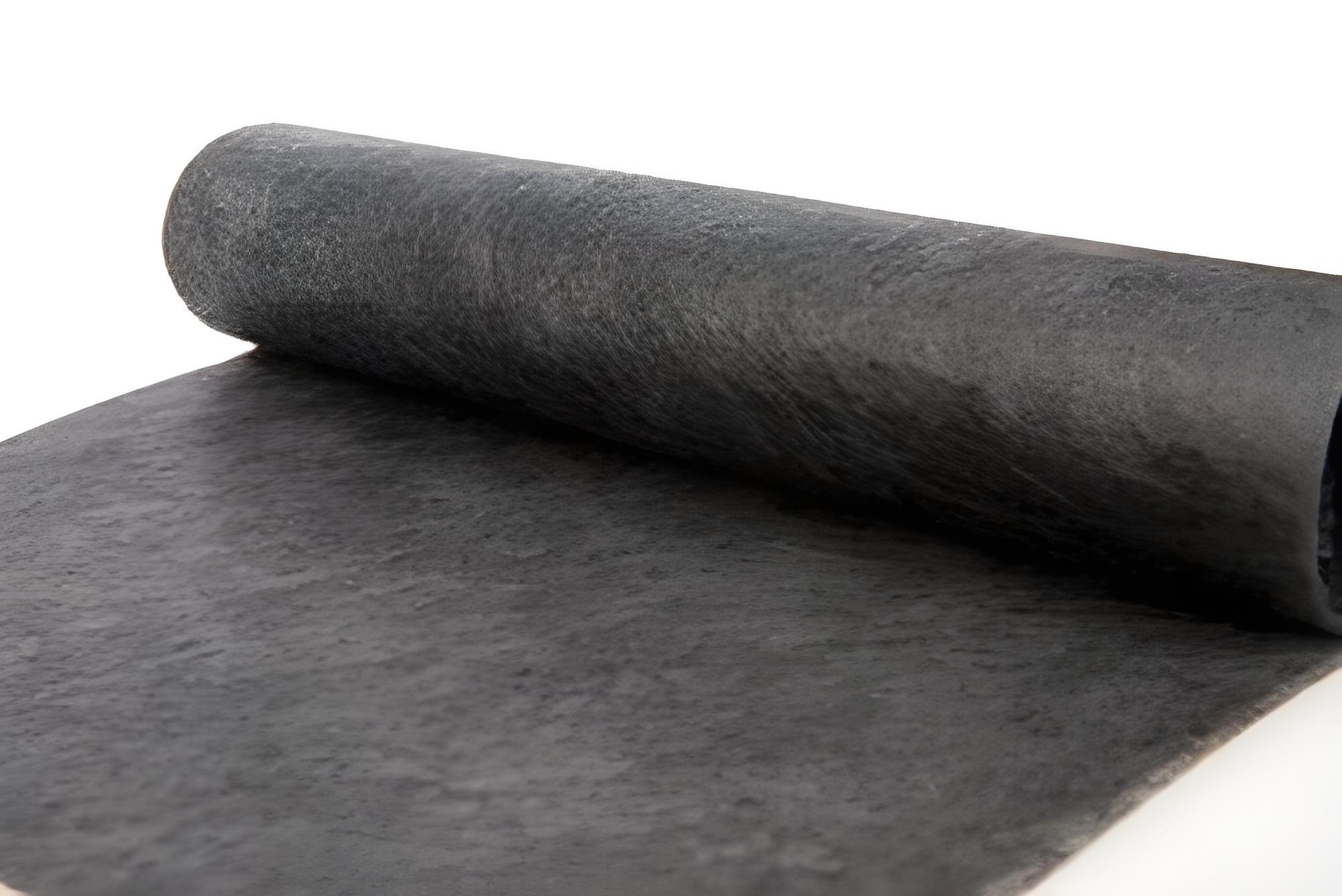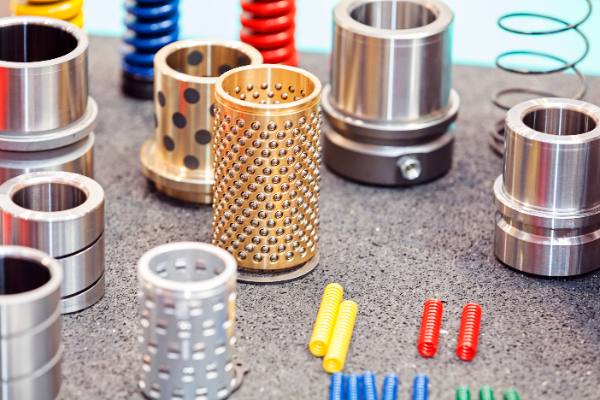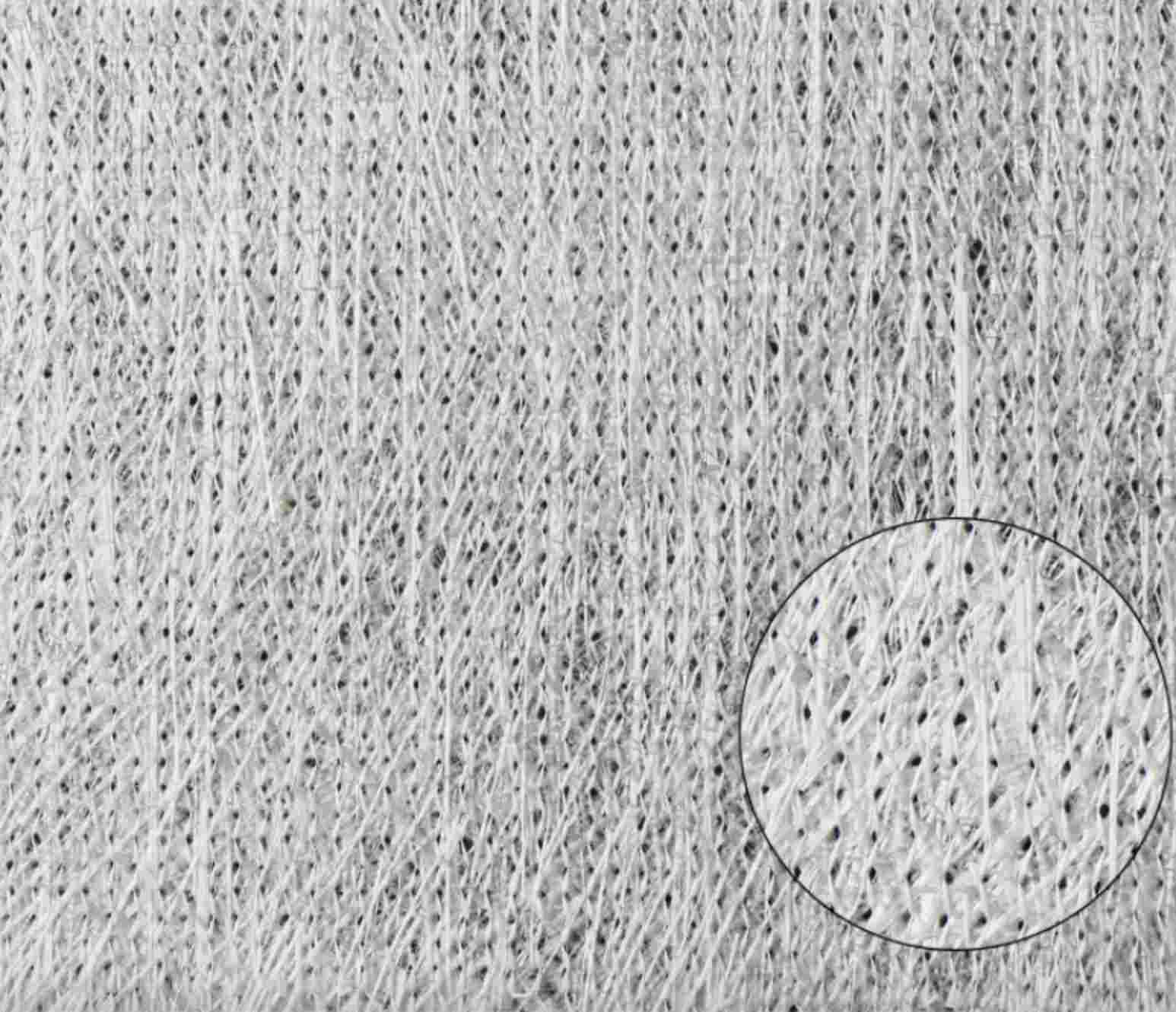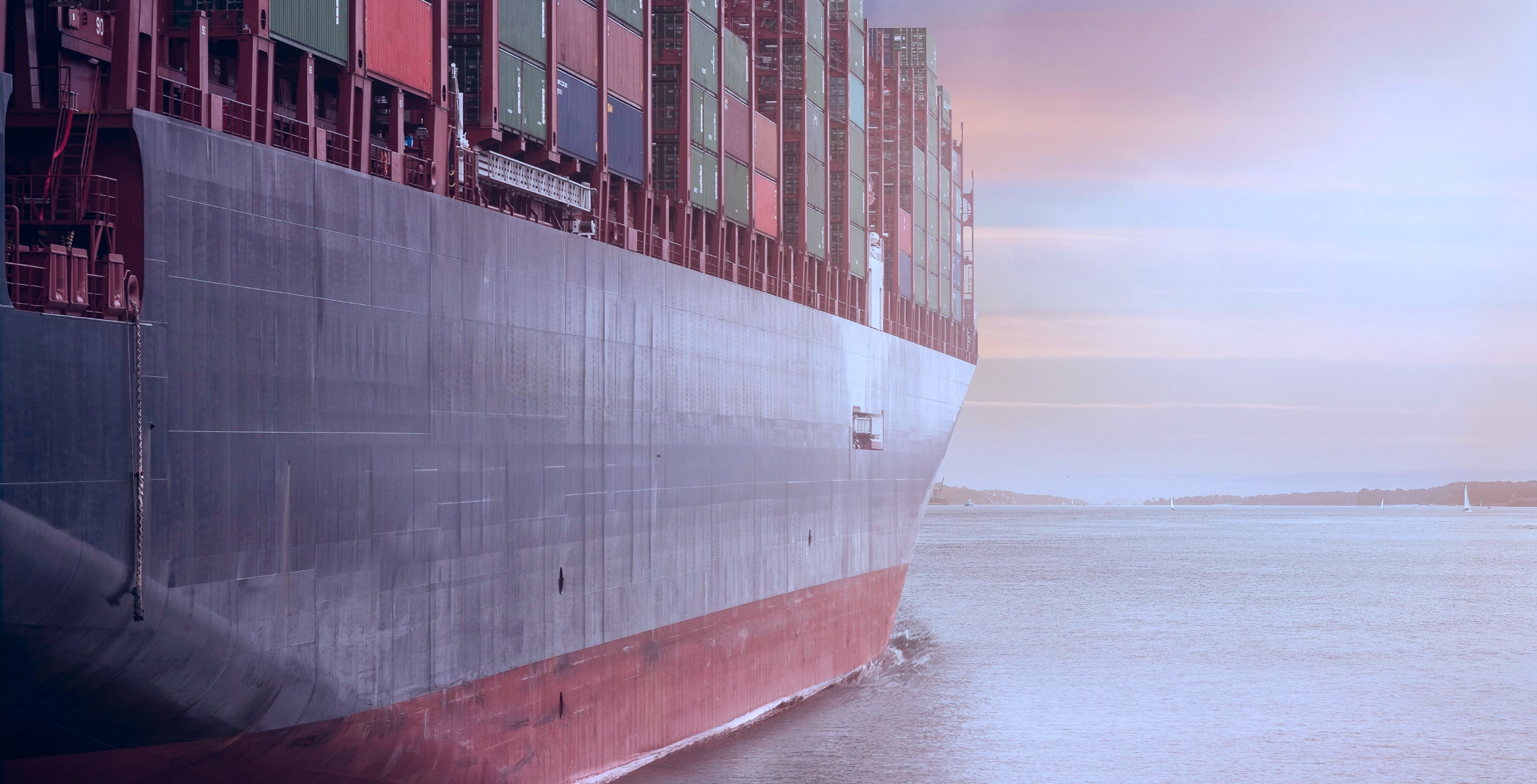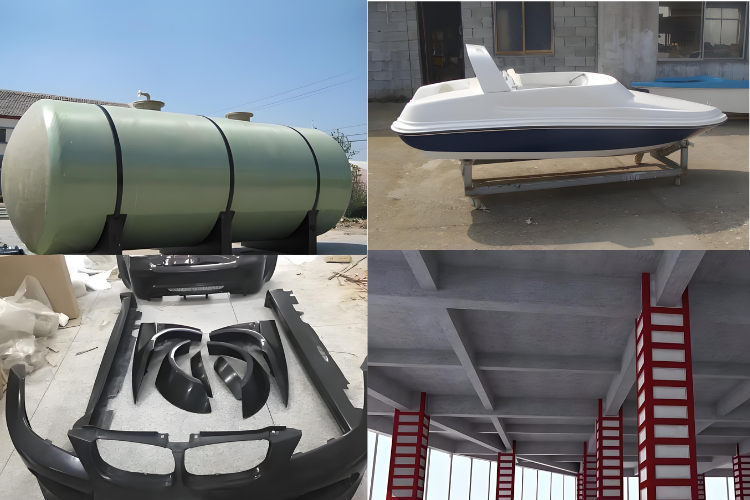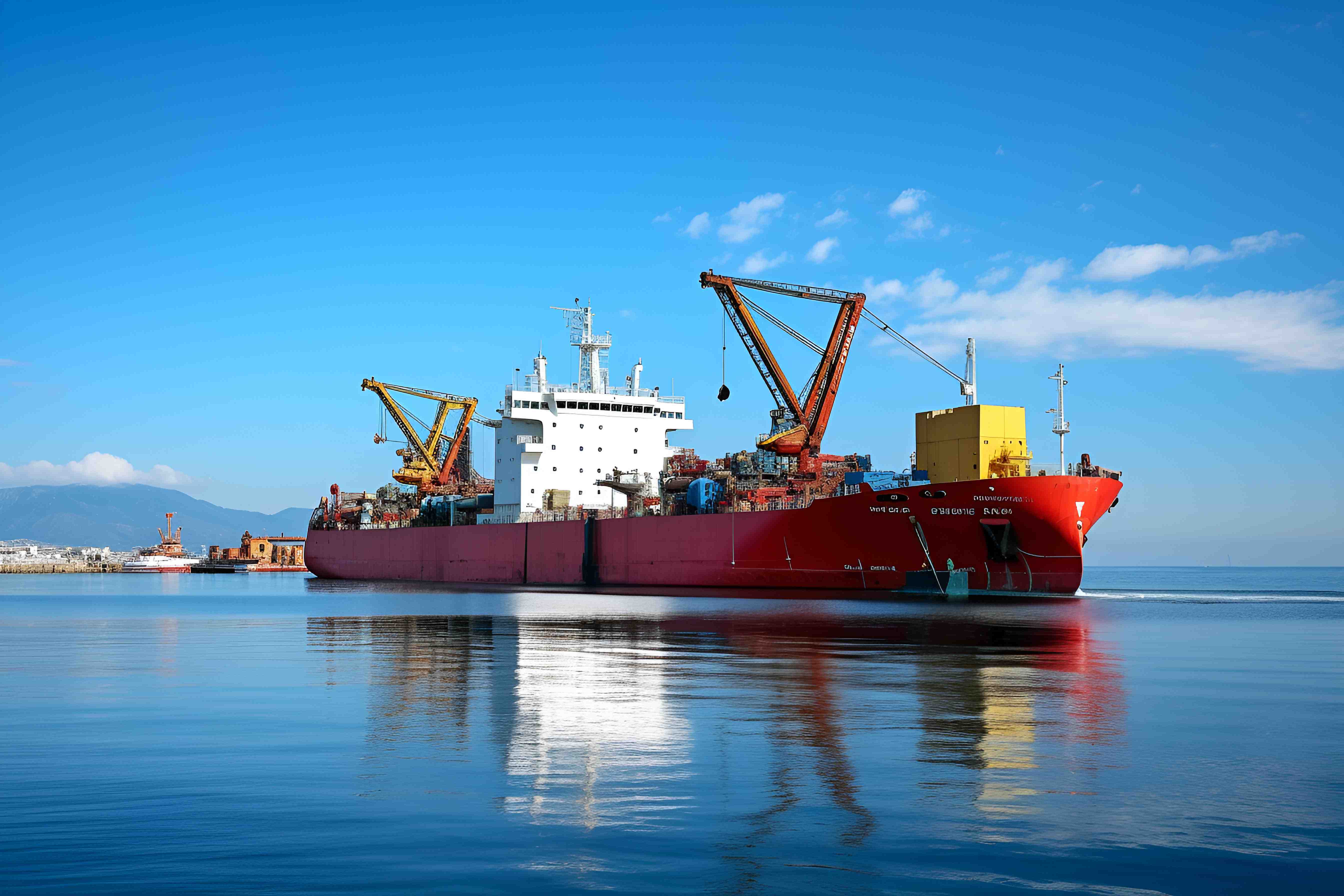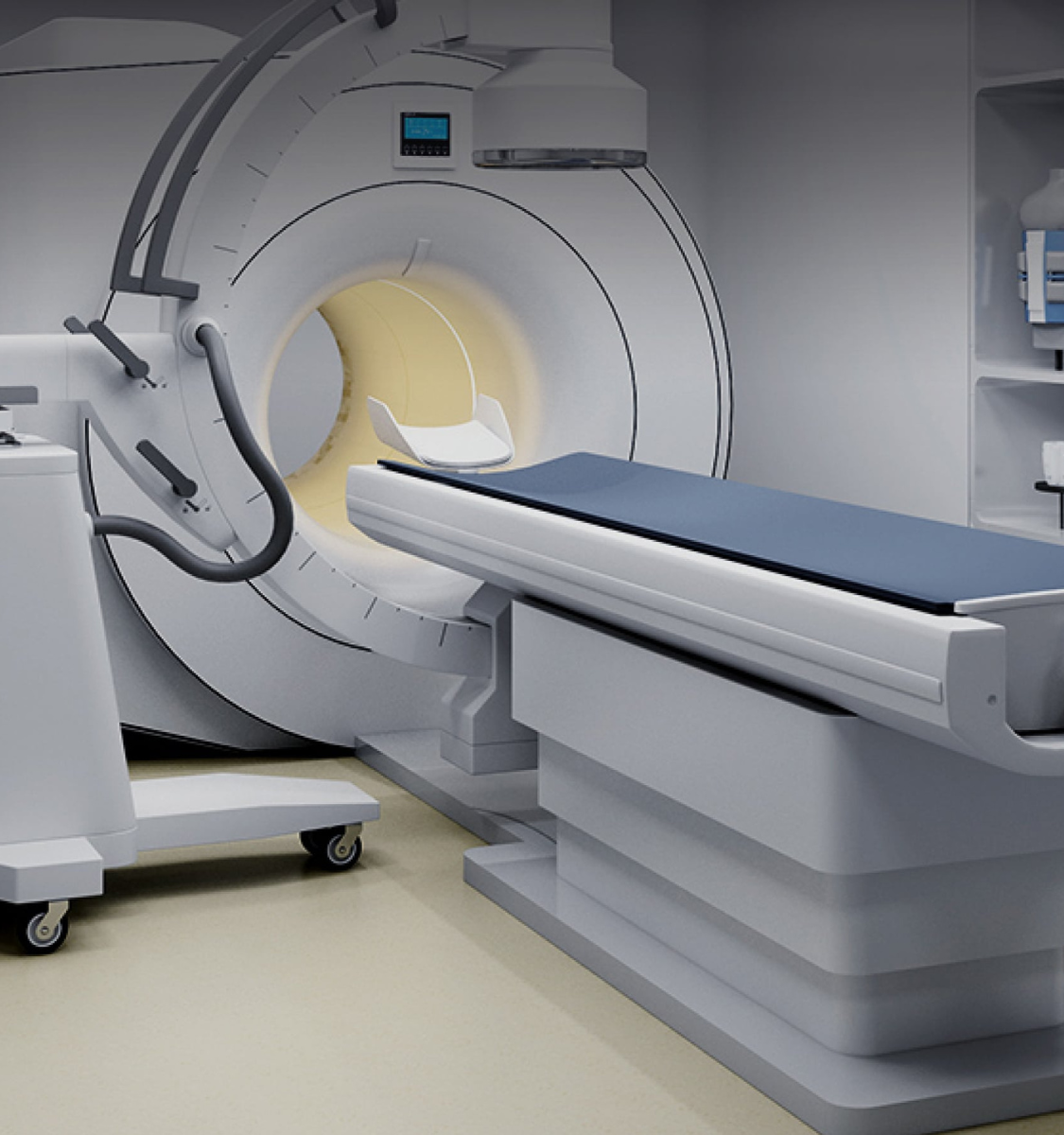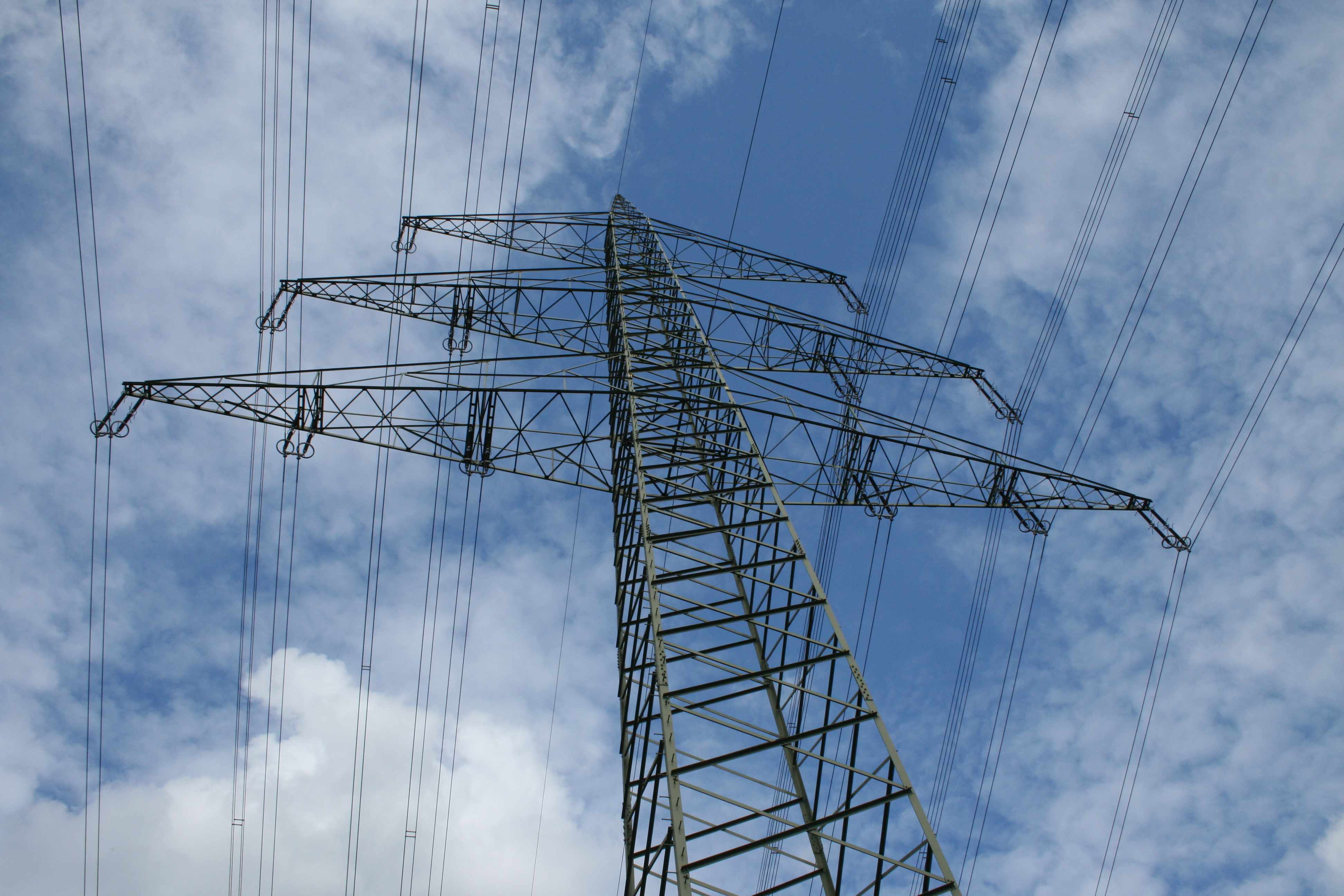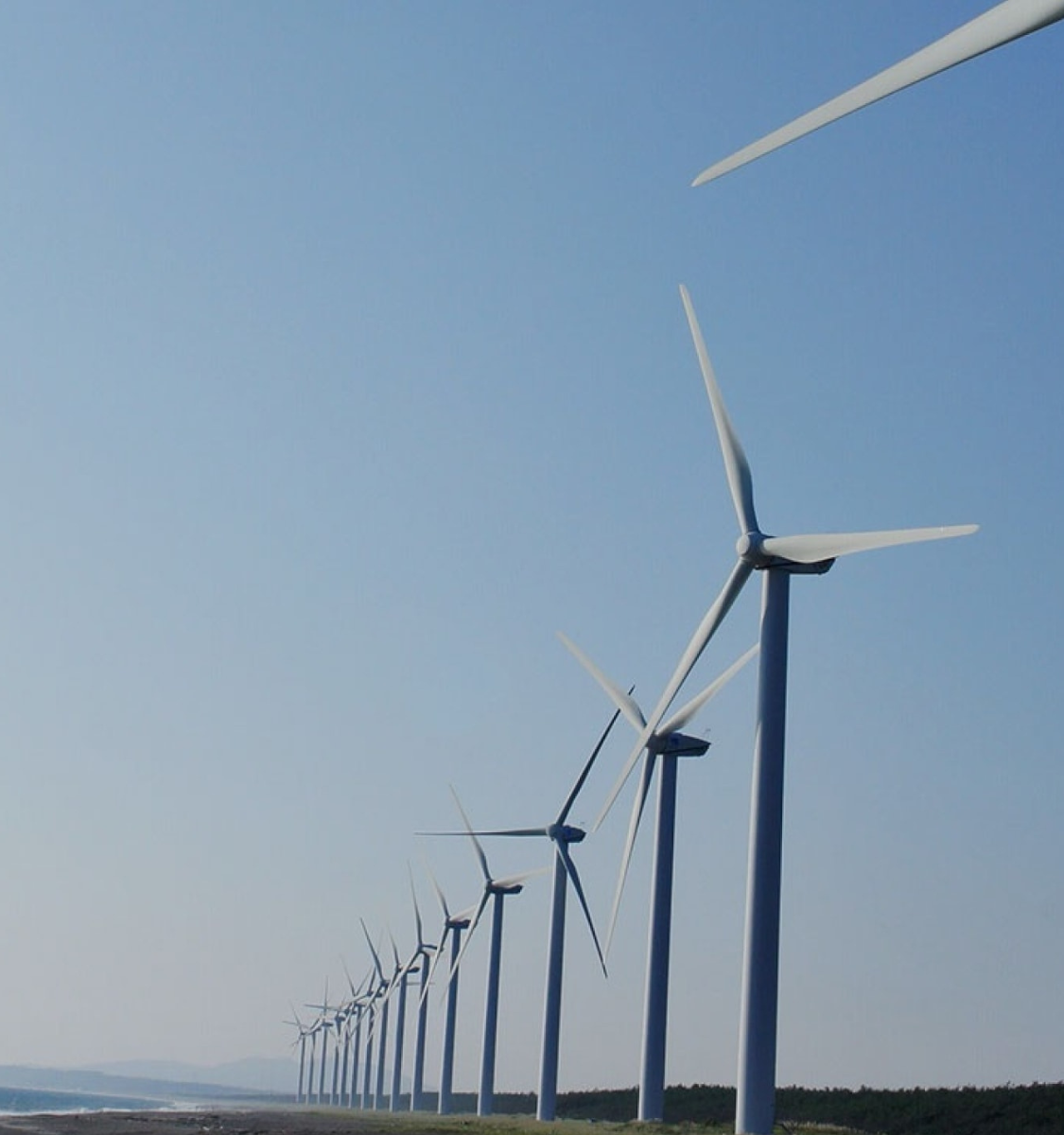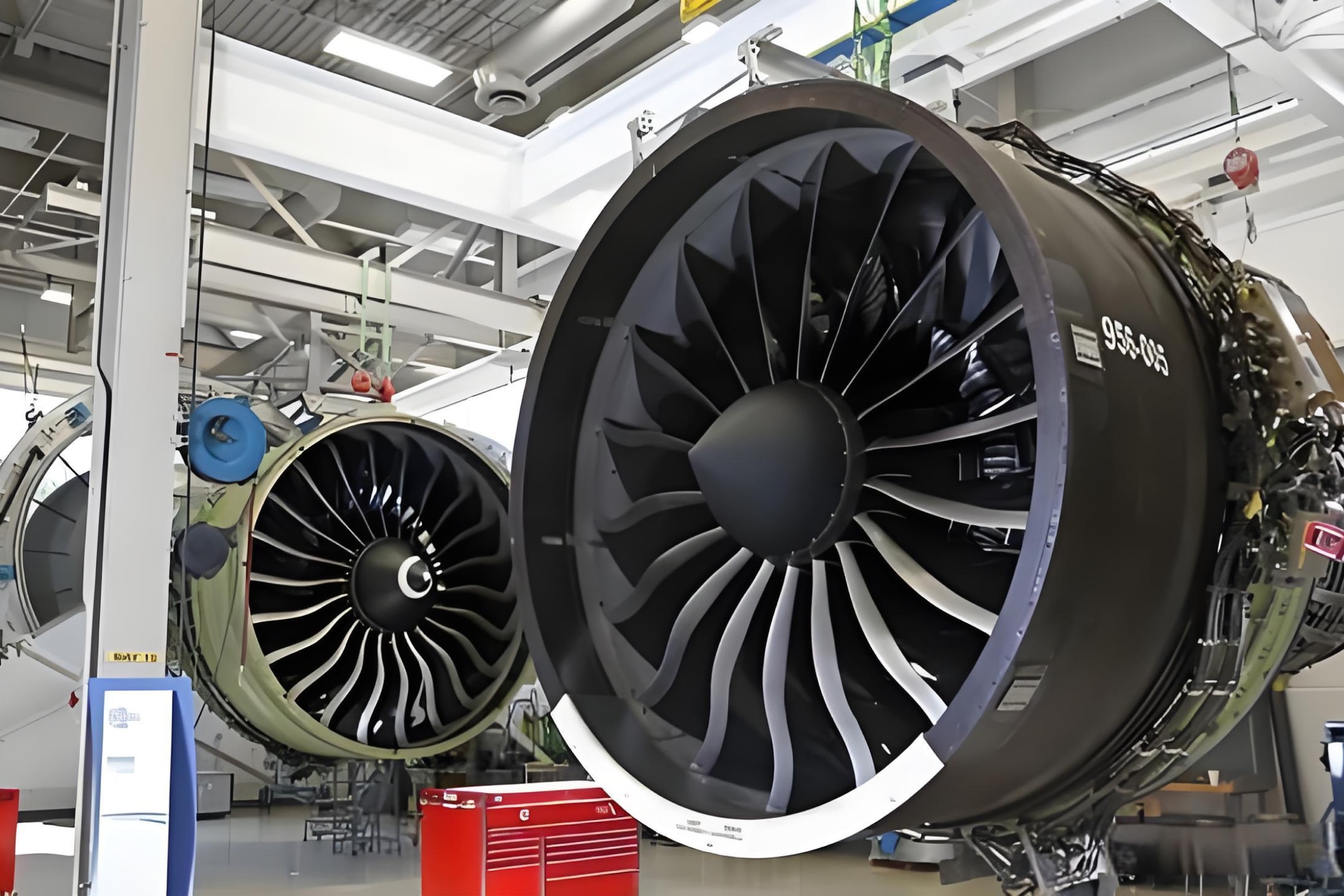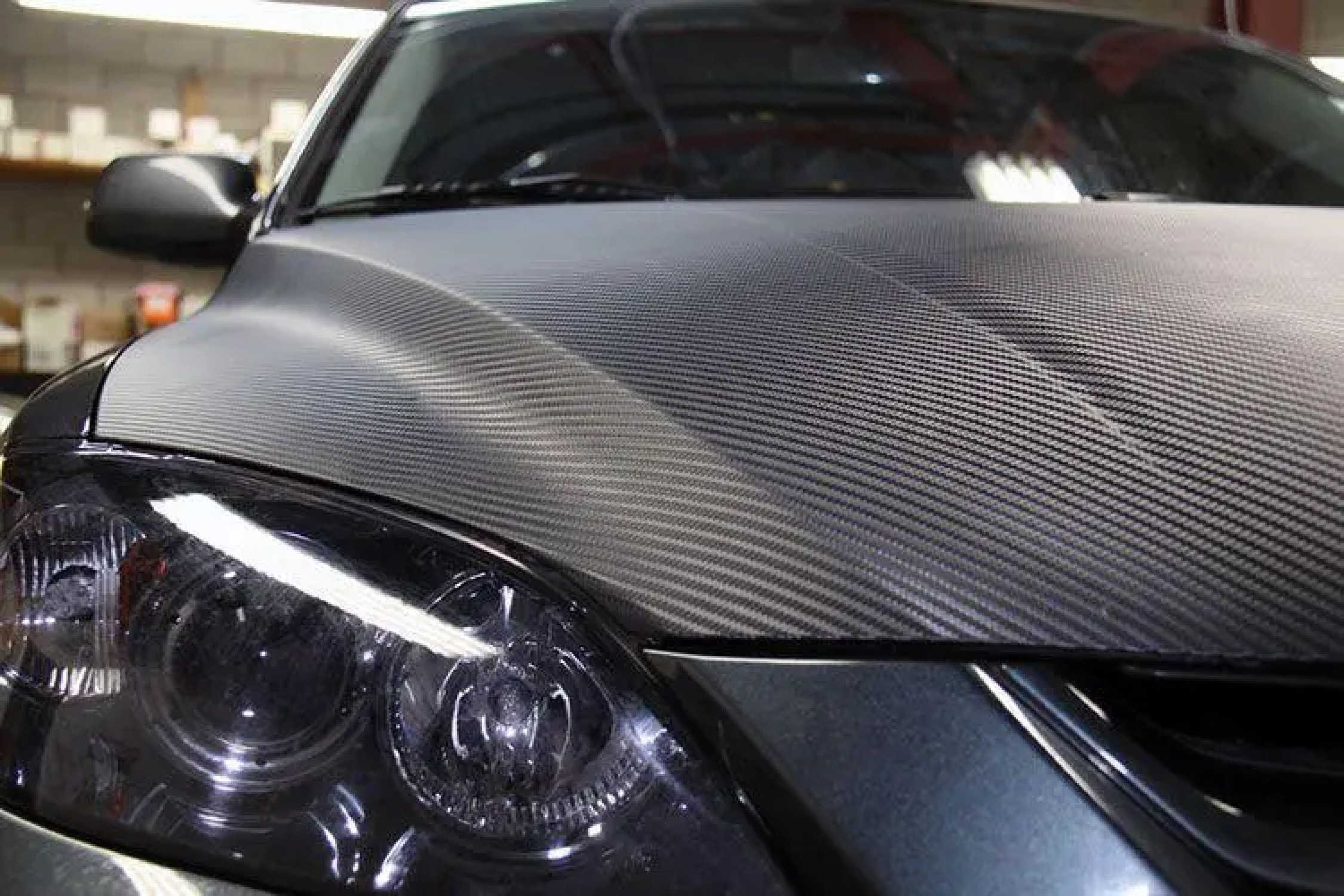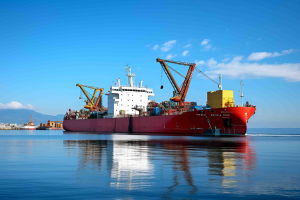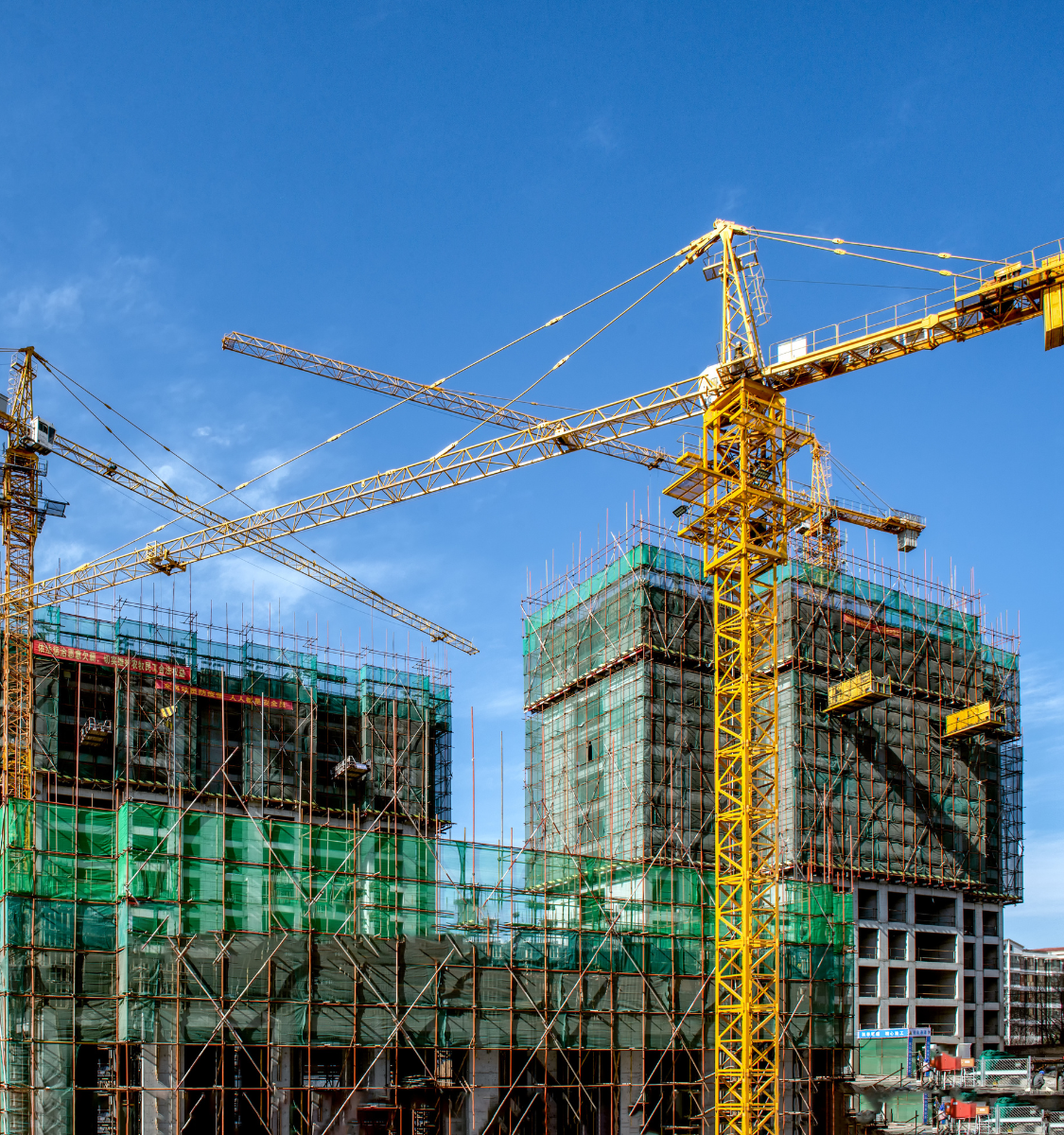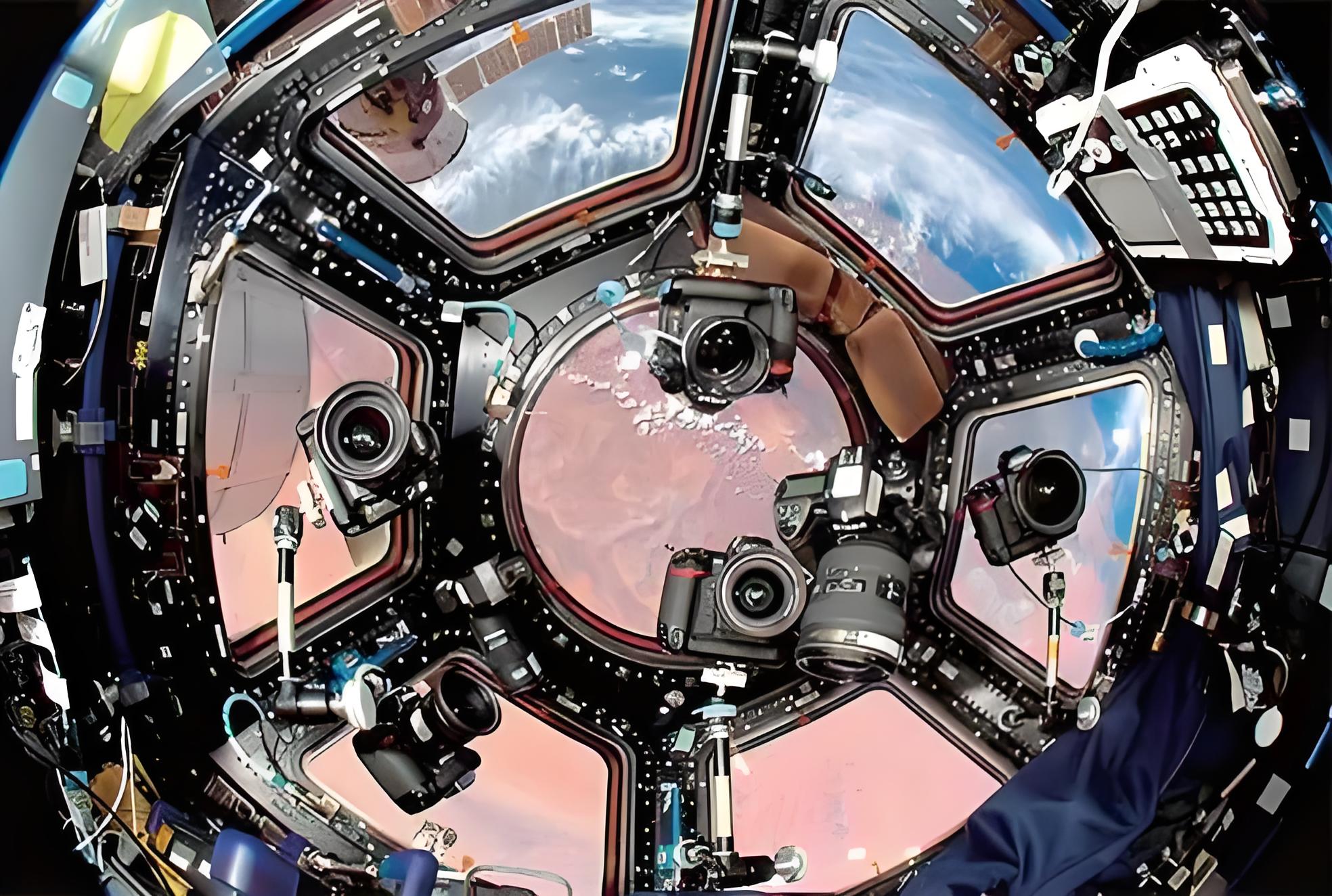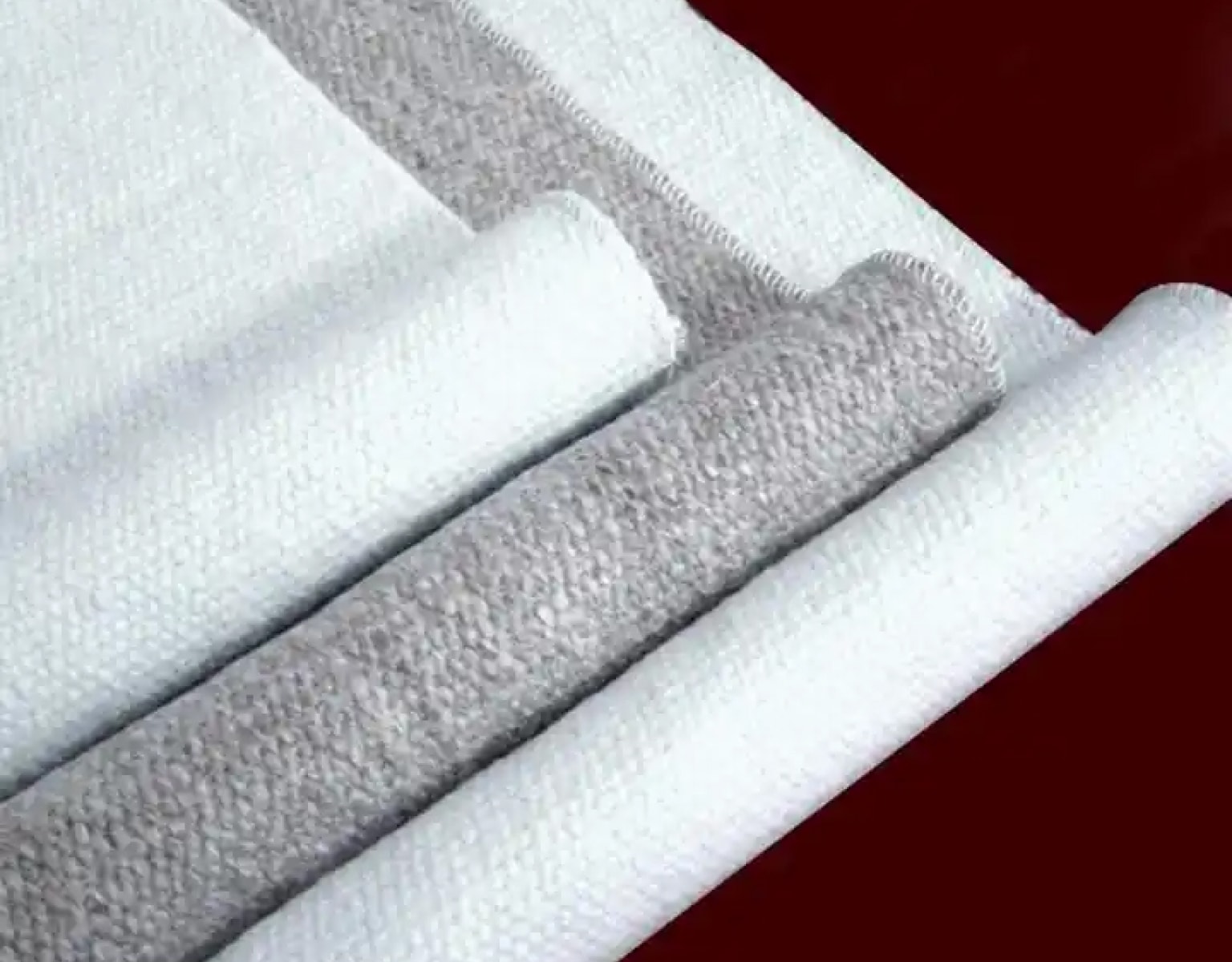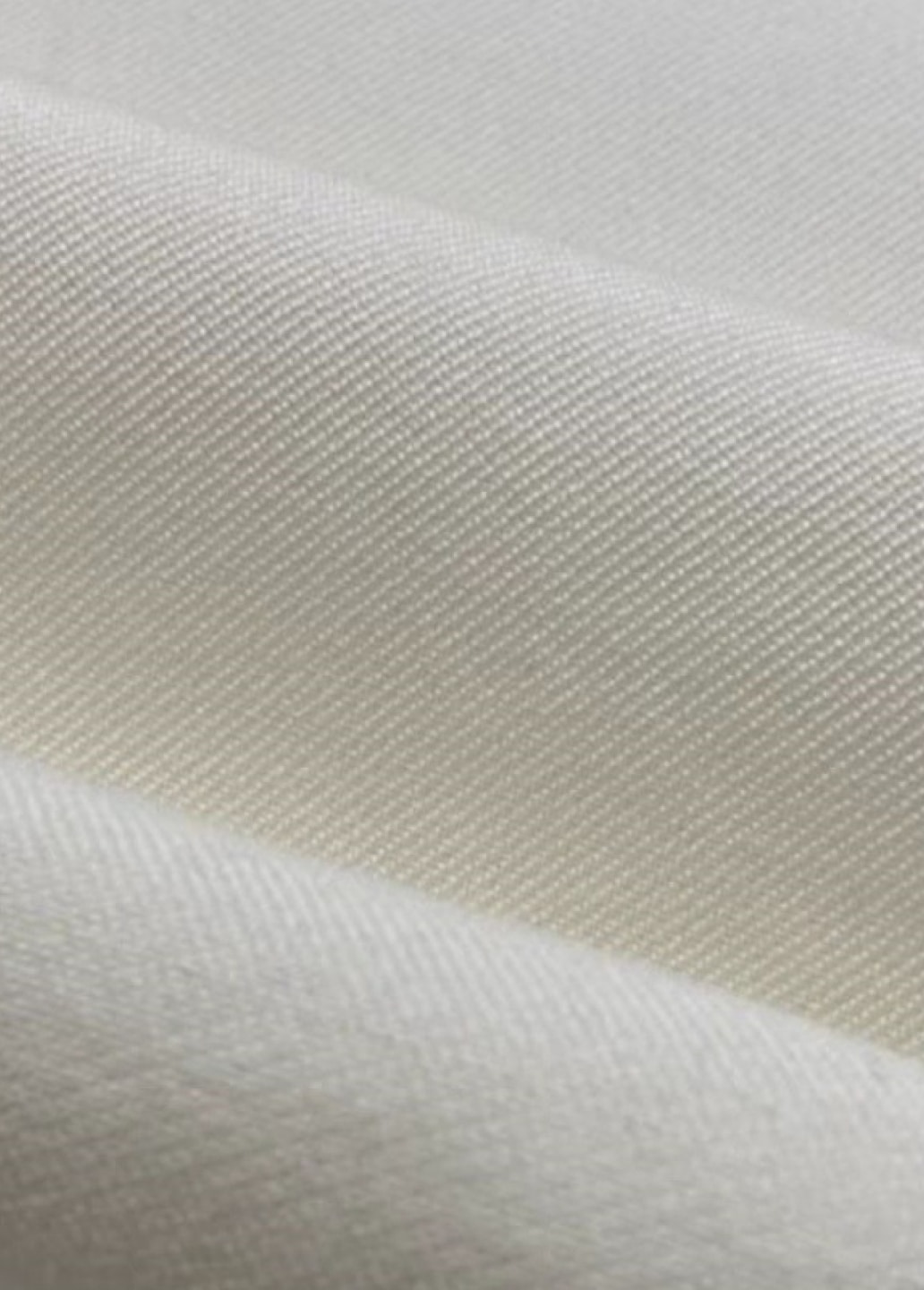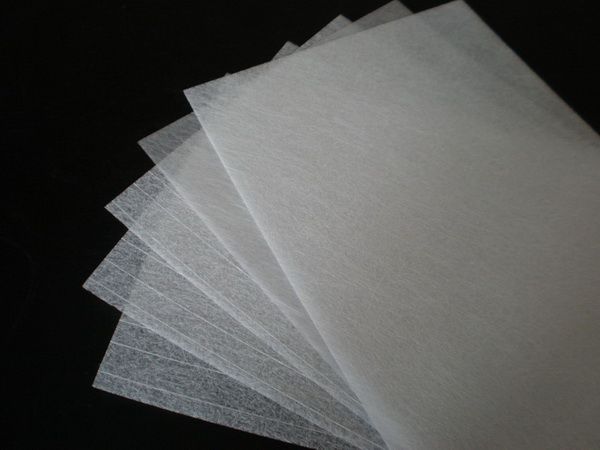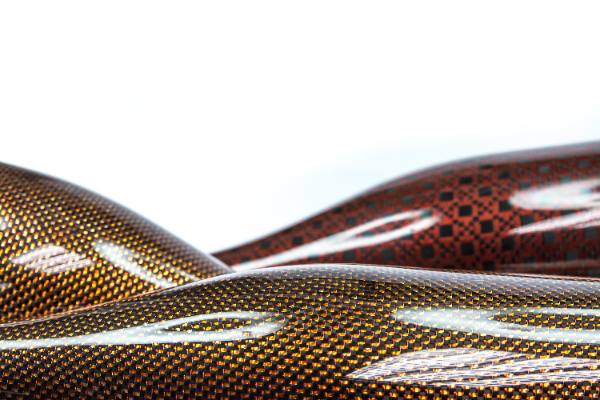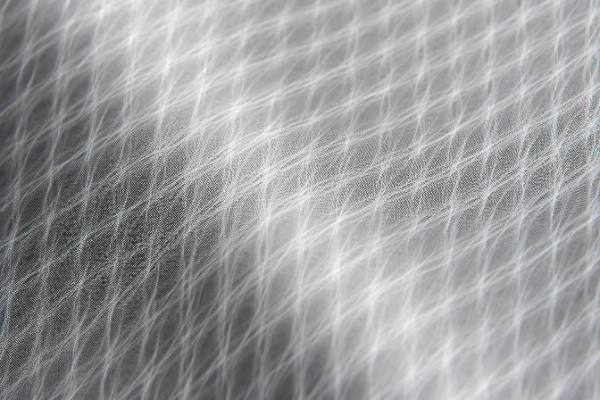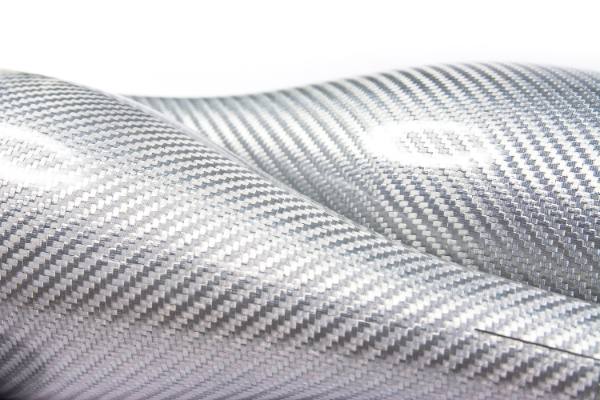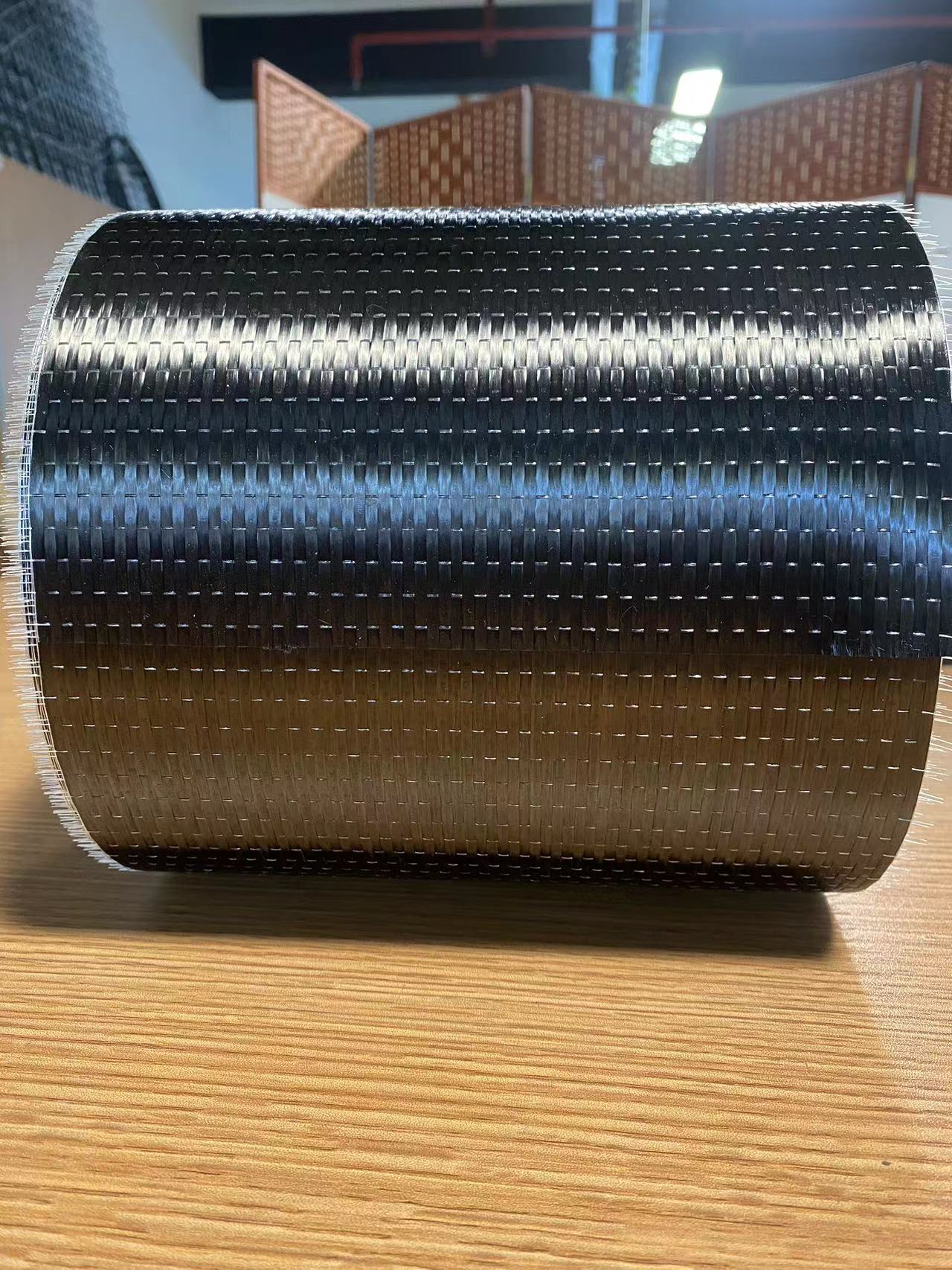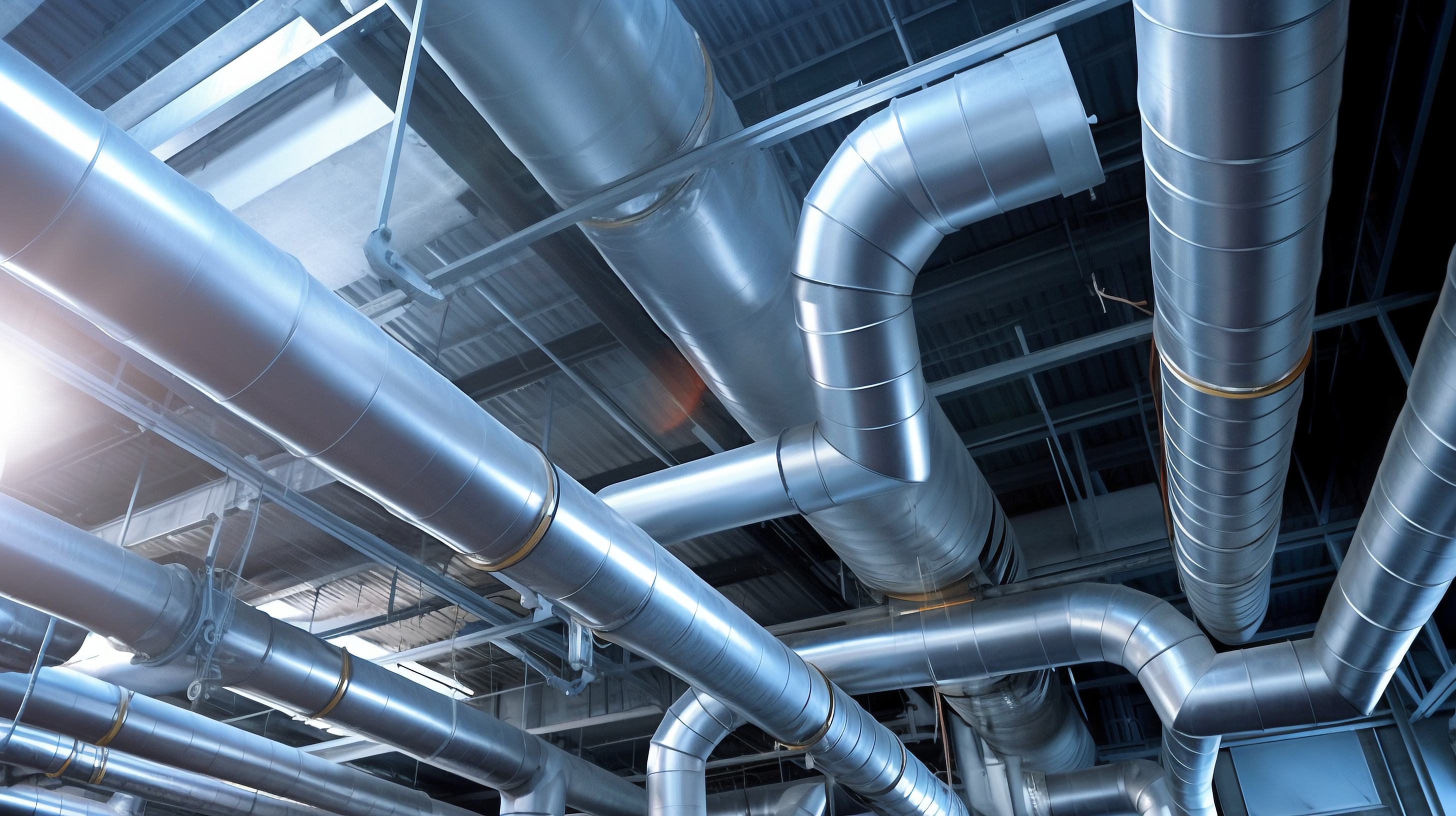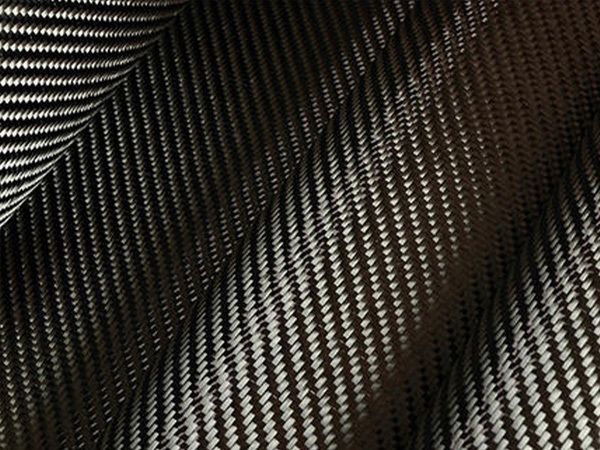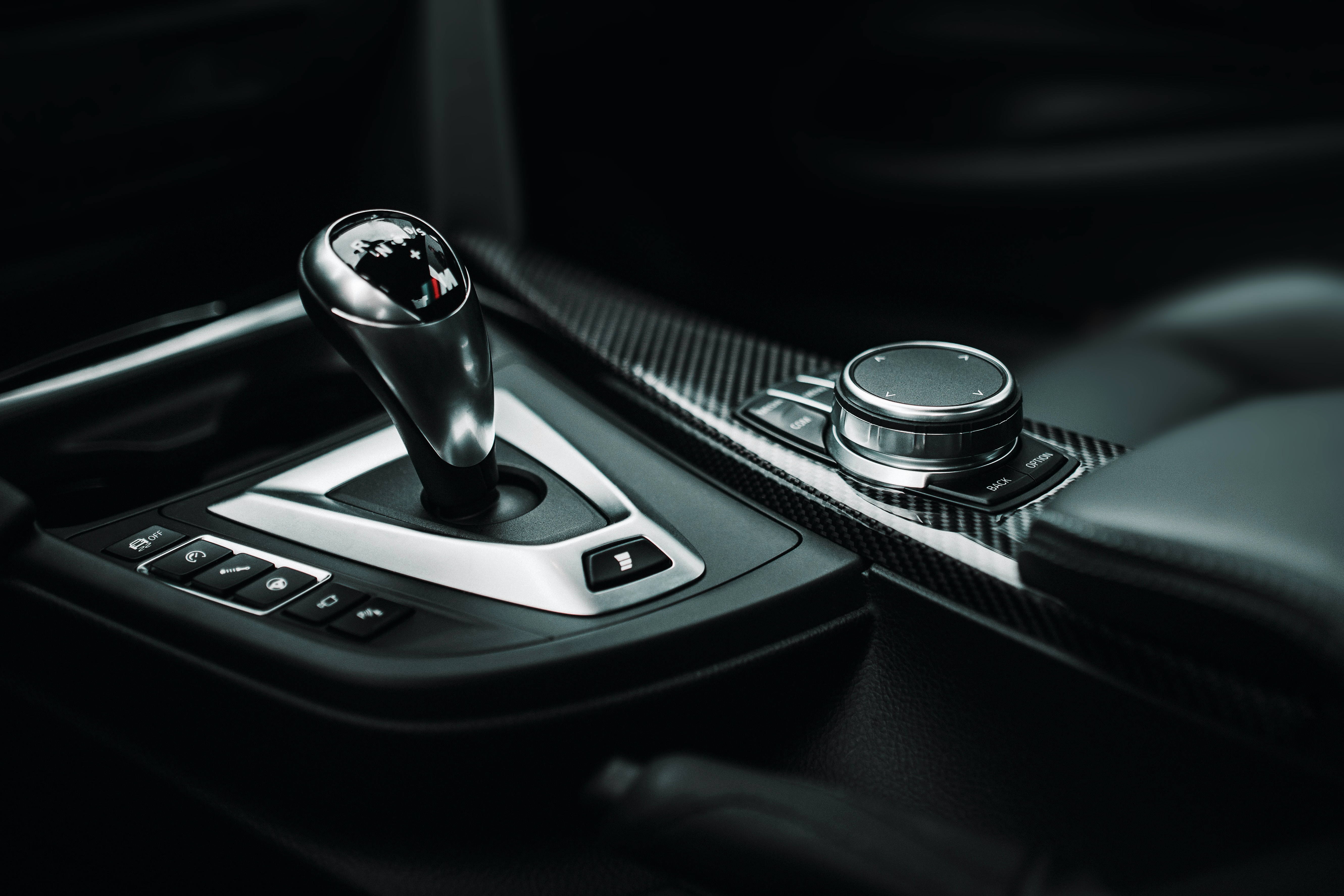+86-13732282311
merlin@xcellentcomposites.com
Let the world benefit from composite materials!
Medical Fiberglass Cast vs. Plaster Cast: Which is Better for Fracture Treatment?
When a bone fracture occurs, proper immobilization is crucial for ensuring correct alignment and optimal healing. Medical professionals use orthopedic casts to stabilize and protect the affected area, preventing movement and allowing the bones to mend. The two primary types of casts used in fracture treatment are medical fiberglass casts and plaster casts. Each material has its own advantages and drawbacks, affecting factors like durability, comfort, weight, and overall effectiveness in treatment.
This comprehensive guide will explore the differences between medical fiberglass casts and plaster casts, providing a detailed comparison based on application, durability, comfort, water resistance, cost, and impact on the healing process. Additionally, we will discuss the significance of medical fiberglass casting tape in modern orthopedic medicine.
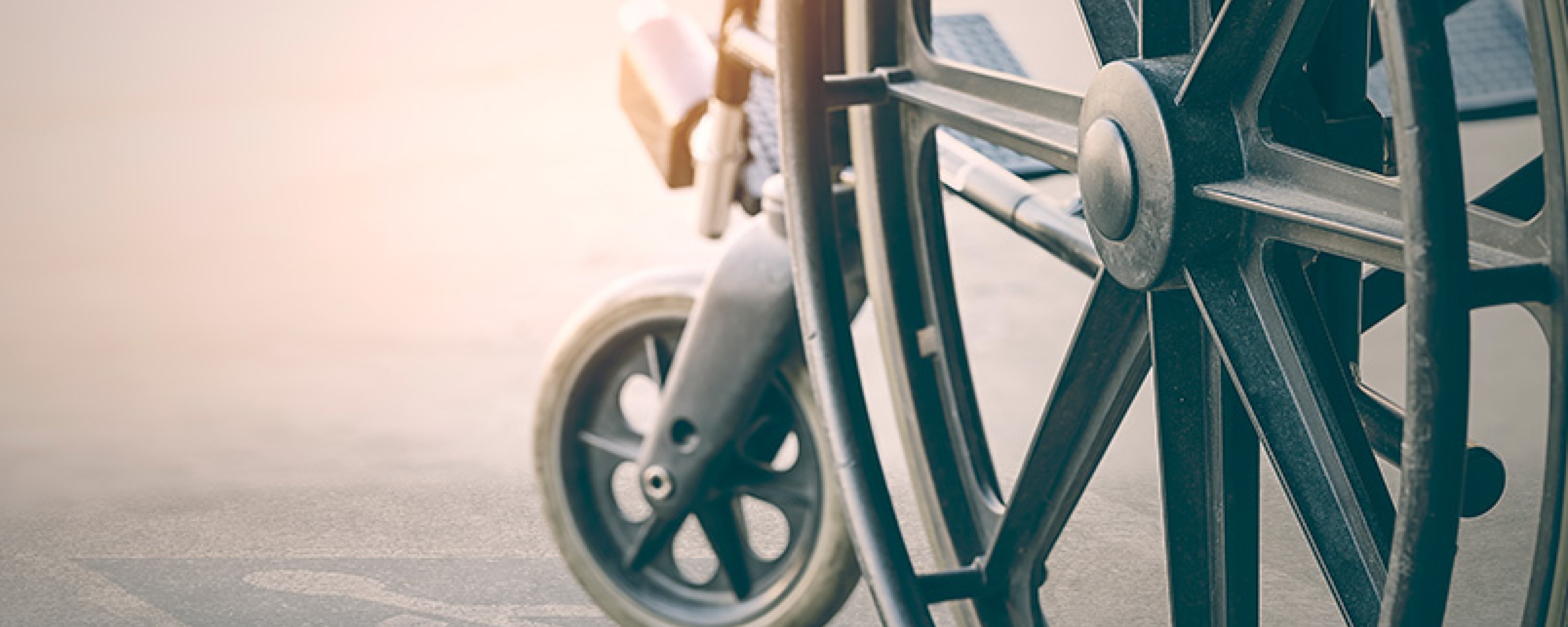
Understanding the Basics: Medical Fiberglass Casts and Plaster Casts
What is a Medical Fiberglass Cast?
A medical fiberglass cast is made from a lightweight yet durable synthetic material reinforced with glass fibers. It is commonly used for long-term fracture immobilization due to its high strength, water resistance, and improved ventilation compared to traditional plaster casts.
Medical fiberglass casts are formed using medical fiberglass casting tape, a specially designed woven fabric infused with moisture-activated polyurethane resin. Once the tape is activated with water, it hardens quickly to form a secure and protective cast around the injured limb.
Key Features of Medical Fiberglass Casts:
- Lightweight: Fiberglass casts are significantly lighter than plaster casts, reducing strain on the injured area.
- Water-resistant: These casts can withstand minor exposure to water, making them more convenient for daily activities.
- Durability: Medical fiberglass is stronger and more impact-resistant than plaster, making it suitable for active individuals.
- Breathability: Offers better ventilation, reducing heat and moisture buildup inside the cast.
What is a Plaster Cast?
A plaster cast is made from plaster of Paris, a material derived from calcium sulfate. It is widely used in fracture treatment due to its ability to mold easily around irregular bone structures and provide a secure and snug fit.
Key Features of Plaster Casts:
- Heavy but adaptable: While heavier than fiberglass, plaster molds well to the shape of the limb, ensuring a precise fit.
- More affordable: Plaster is cheaper than medical fiberglass, making it a cost-effective option for short-term immobilization.
- Fragile when wet: Unlike fiberglass, plaster is highly susceptible to water damage, requiring extra care.
- Ideal for initial casting: Plaster is often used immediately after a fracture due to its molding capabilities and affordability.
Application Process: Medical Fiberglass vs. Plaster Casts
Plaster Cast Application
- Preparation: The limb is first wrapped in soft cotton padding to prevent discomfort and irritation.
- Plaster bandage application: Plaster strips are dipped in water and wrapped around the limb.
- Hardening process: The plaster begins to set within minutes but takes 24 to 48 hours to fully dry and harden.
Pros of Plaster Casts:
Offers excellent moldability, ensuring a precise fit.
Easier to remove when necessary.
Lower cost, making it accessible in all medical settings.
Cons of Plaster Casts:
Takes longer to fully dry, requiring careful handling in the first 24–48 hours.
Can break down if exposed to moisture, necessitating extra precautions.
Medical Fiberglass Cast Application
- Preparation: A soft padding or waterproof liner is placed over the skin.
- Application of medical fiberglass casting tape: The fiberglass tape is dipped in water and wrapped around the limb.
- Hardening process: The material hardens within 20-30 minutes, allowing quicker recovery and mobility.
Pros of Medical Fiberglass Casts:
- Quick-drying and durable, reducing downtime.
Water-resistant, making daily life easier.
Lightweight and comfortable, improving patient experience.
Cons of Medical Fiberglass Casts:
- More expensive than plaster.
Less adaptable to swelling, which may cause discomfort if the injury site changes in size.
Durability and Strength Comparison
Plaster Cast Strength
Plaster is a soft and fragile material that cracks or breaks under pressure. However, it provides an excellent snug fit and is ideal for initial immobilization, particularly for injuries with significant swelling.
Medical Fiberglass Strength
Medical fiberglass is far more durable and impact-resistant than plaster. It maintains its structure even under stress, making it more suitable for long-term immobilization.
Comfort and Weight: Which is Better for Patients?
Weight Factor
Plaster casts are heavy, which can make movement and daily activities challenging.
Medical fiberglass casts are lightweight, making them more comfortable to wear over extended periods.
Comfort Factor
Plaster molds more easily to the body, providing a custom fit that enhances comfort.
Fiberglass casts allow for better airflow, reducing excessive sweating and skin irritation.
Water Resistance and Maintenance
Plaster Cast and Water Exposure
Plaster is extremely sensitive to water. If wet, it becomes soft and loses structural integrity, potentially delaying healing. Patients must cover the cast with a plastic bag or waterproof covering when bathing.
Medical Fiberglass Cast and Water Resistance
Medical fiberglass is naturally water-resistant, making it a better choice for active individuals or those who may have difficulty keeping their cast dry. Some fiberglass casts are even fully waterproof, allowing patients to shower or swim with minimal risk.
Cost and Accessibility
Cost of Plaster Casts
Plaster is cheaper than fiberglass, making it ideal for budget-conscious medical facilities and short-term treatment.
Cost of Medical Fiberglass Casts
Medical fiberglass casts are more expensive but offer superior durability, water resistance, and patient comfort.

Which Cast is Best for Different Types of Fractures?
|
Fracture Type |
Best Cast Option |
|
Severe swelling |
Plaster (molds better) |
|
Long-term immobilization |
Medical Fiberglass (durable) |
|
High-activity patients (e.g., children, athletes) |
Medical Fiberglass (lightweight, water-resistant) |
|
Post-surgery protection |
Plaster (better initial support) |
The Role of Medical Fiberglass Casting Tape in Modern Medicine
What is Medical Fiberglass Casting Tape?
Medical fiberglass casting tape is a specialized tape that hardens upon exposure to moisture, forming a rigid structure. It allows medical professionals to create customized lightweight, durable casts.
Advantages of Medical Fiberglass Casting Tape:
Provides a custom fit
Quick drying time
Less mess compared to traditional plaster
Conclusion: Which Cast is Better?
Choose a plaster cast if you need a low-cost, moldable option for short-term use.
Choose a medical fiberglass cast if you need durability, water resistance, and long-term comfort.
Modern fracture care often begins with a plaster cast, followed by a transition to medical fiberglass for extended healing. With innovations in medical fiberglass casting tape, orthopedic treatment is evolving for improved patient experiences.
Read More: Top 10 Composite Material Companies and Suppliers
Popular Composite Materials
Popular Composite Materials
Composites Knowledge Hub
Composites Knowledge Hub

